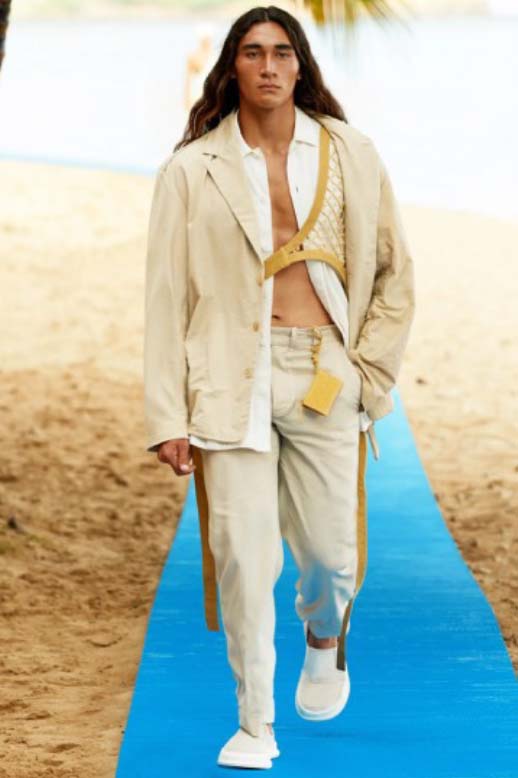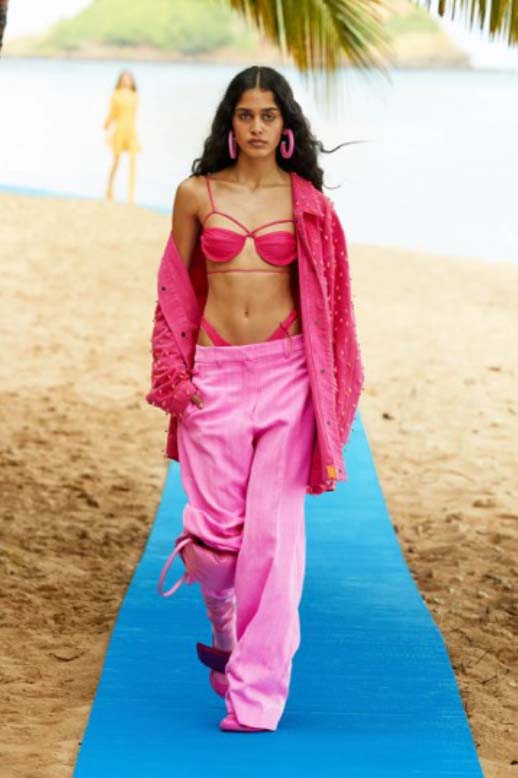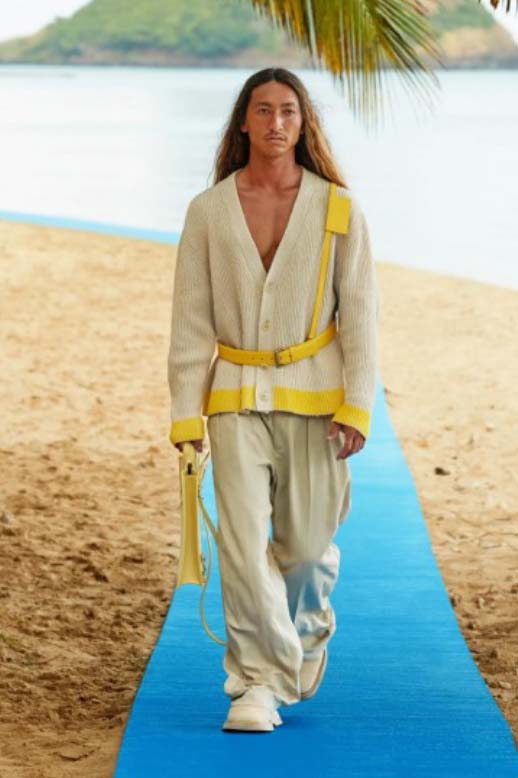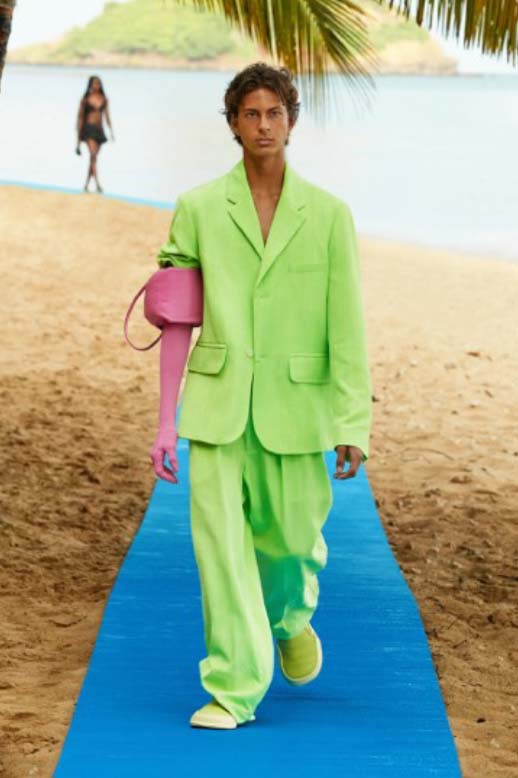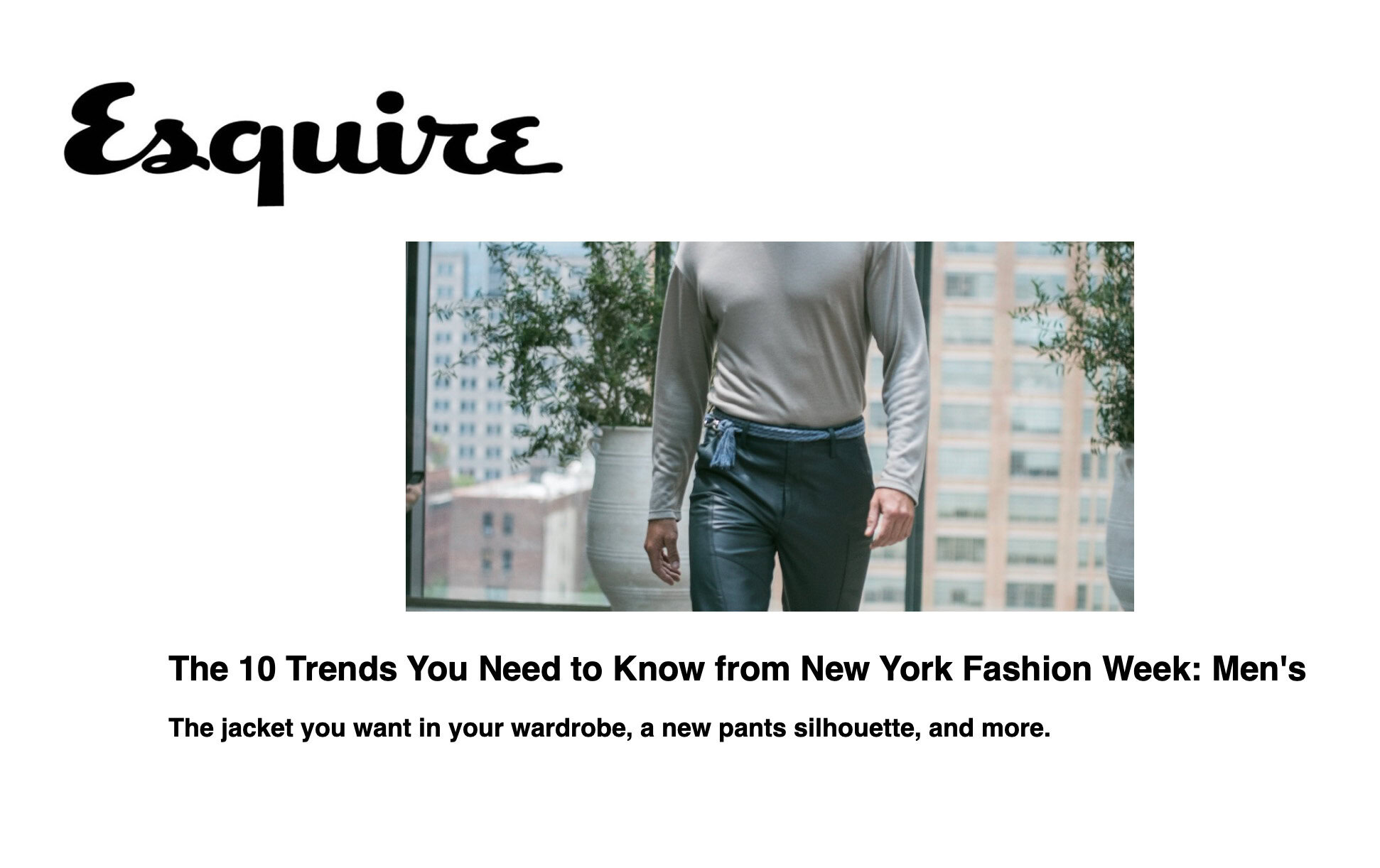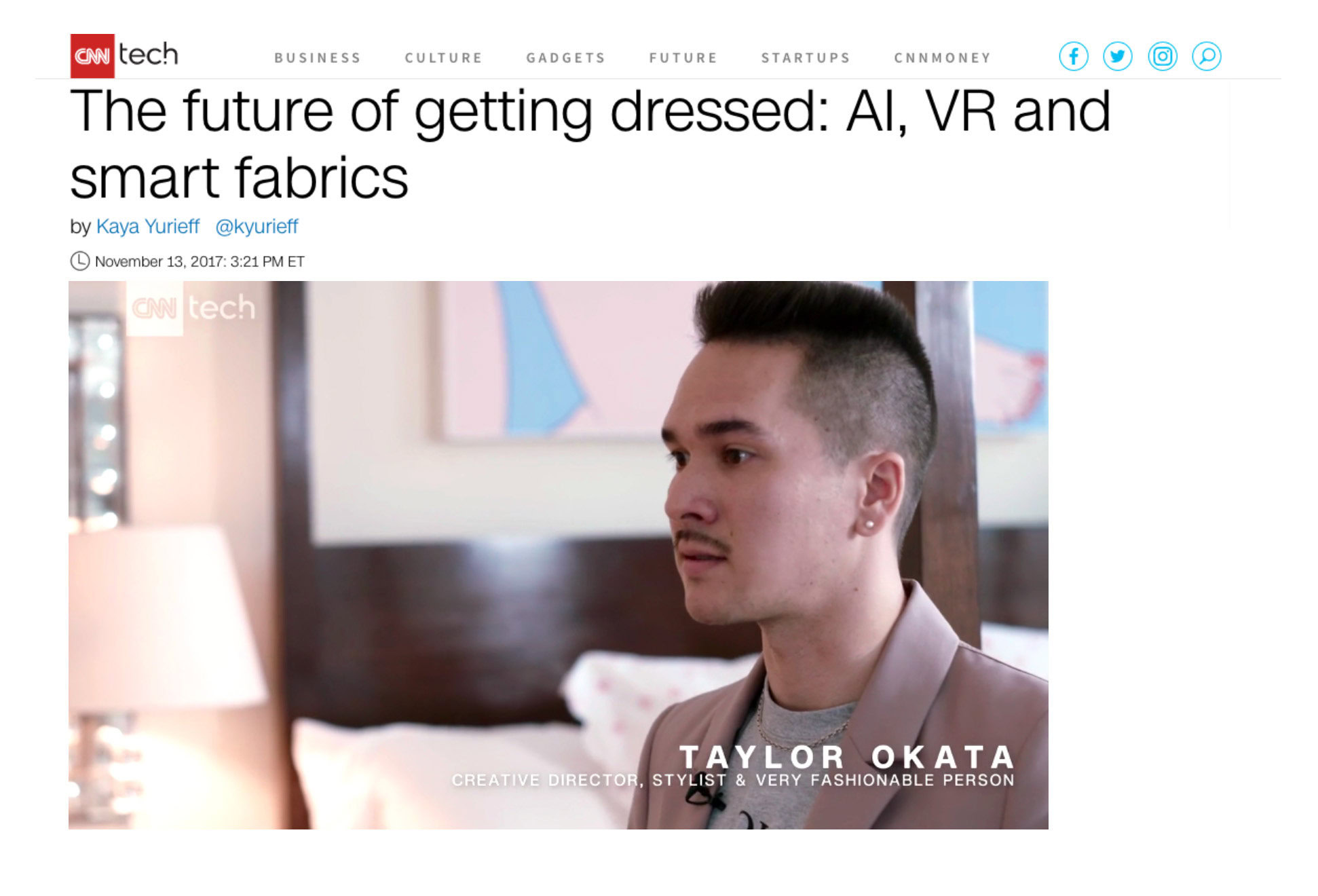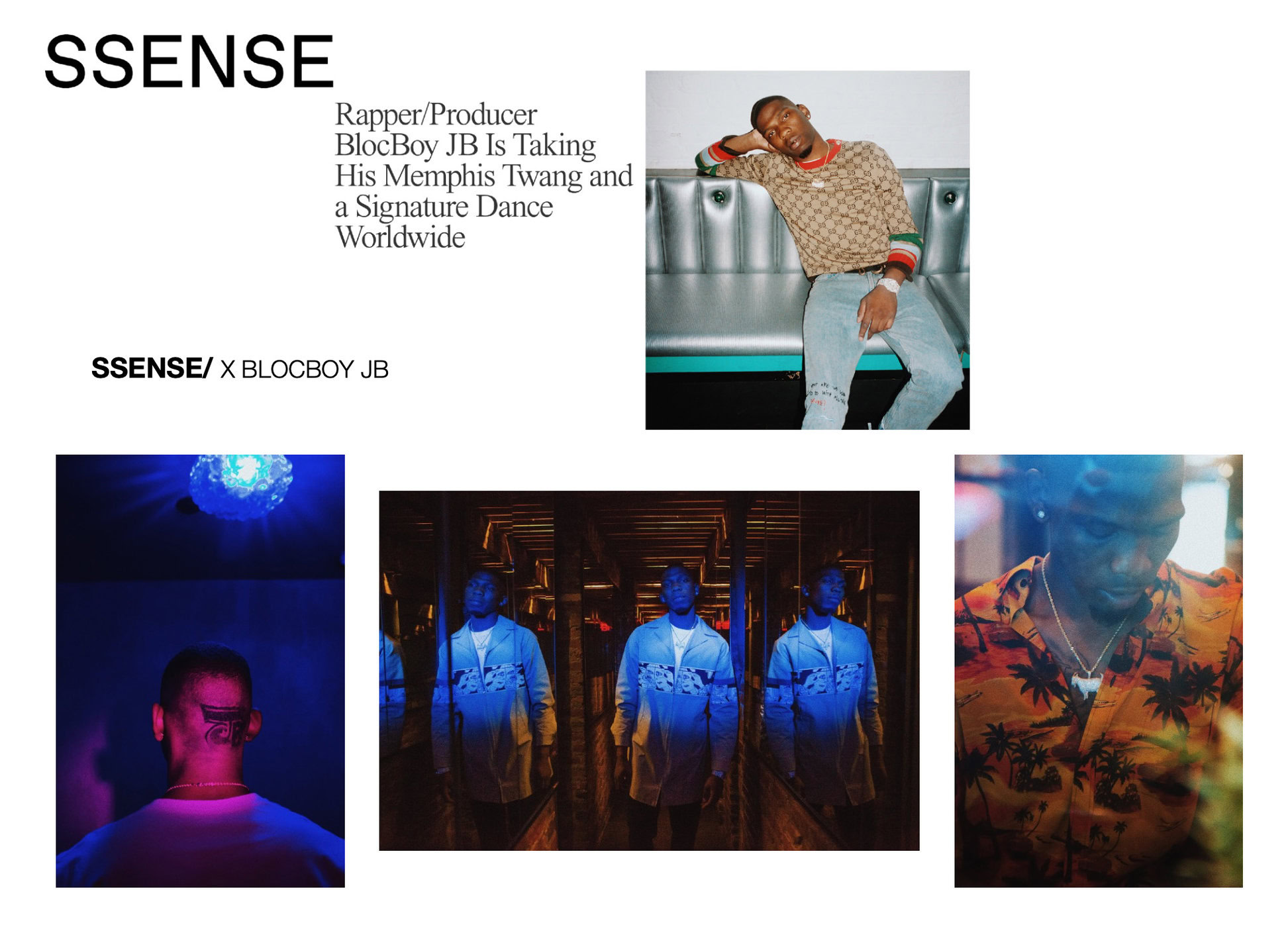Taylor Okata
Stylist & Creative Consultant
Hawai’i grown, New York-based Stylist Taylor Okata (@taylorokata), has contributed to fashion and editorial campaigns for pretty much everything from Adidas to Apple, Hypebeast Magazine to SSENSE to Vogue Italia, N.E.R.D’s Press Tour, and most recently Reebok, Air Jordan, & Evan Mock. Okata has a certain knack for effortless cool, combining sport & street with luxury in not only in his work, but his personal style.
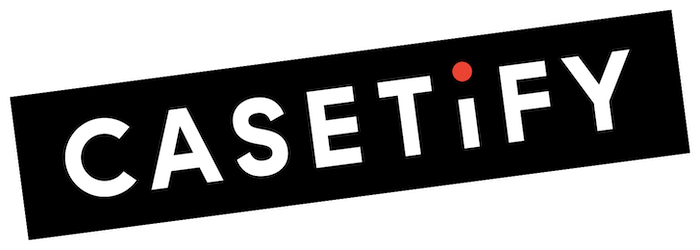
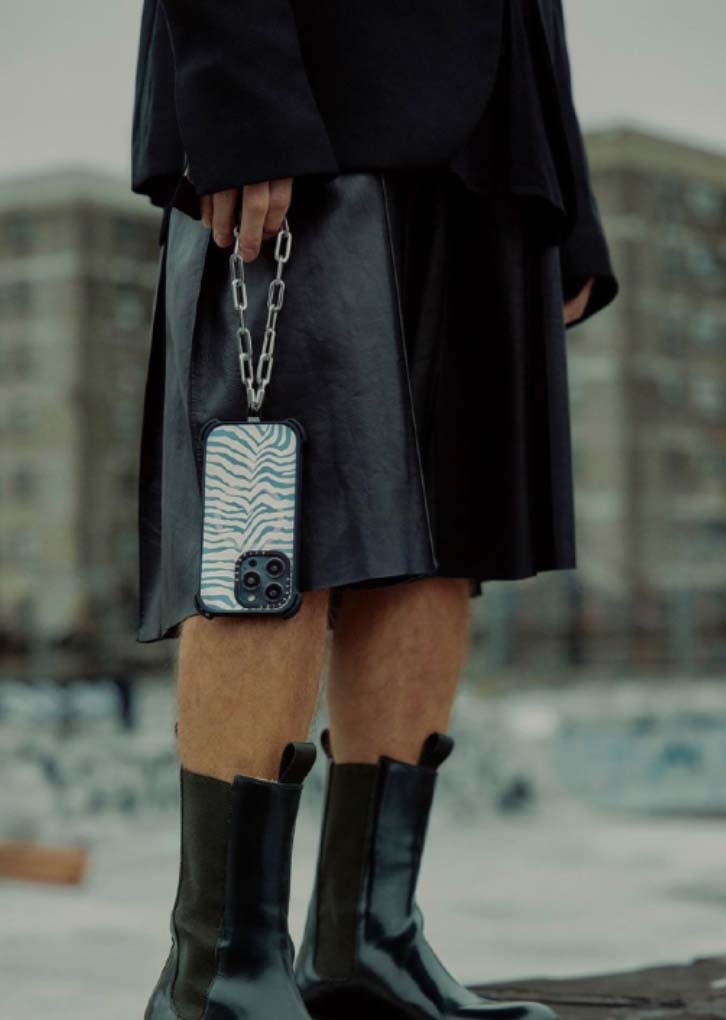
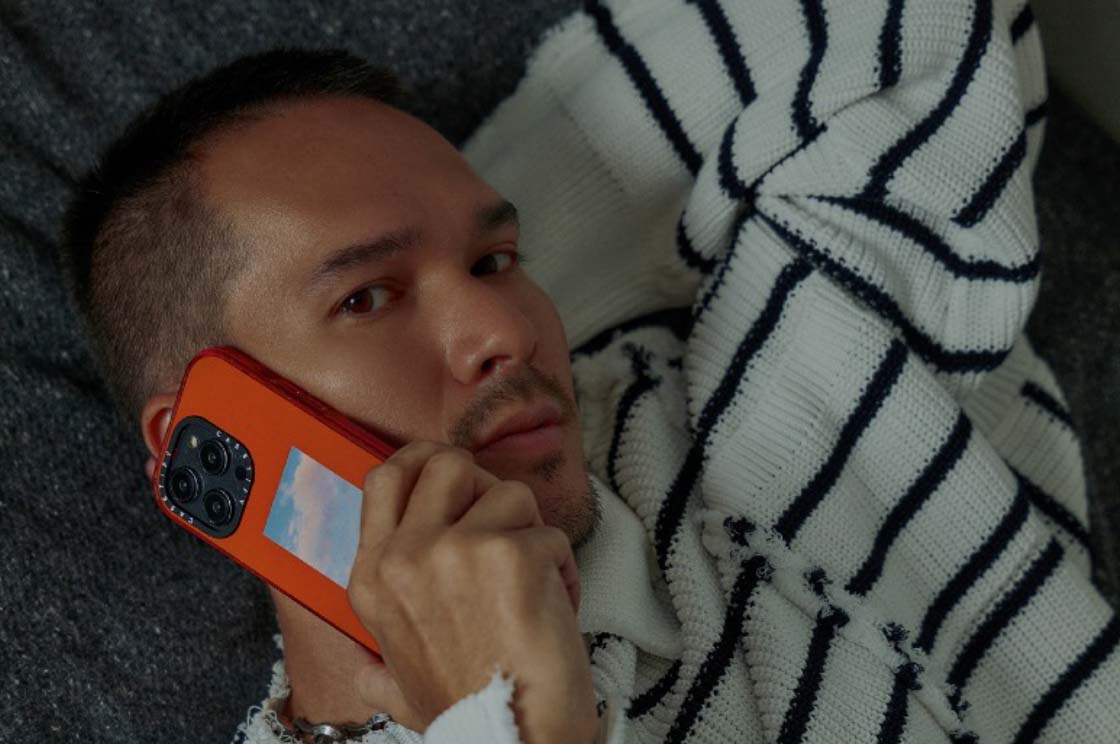
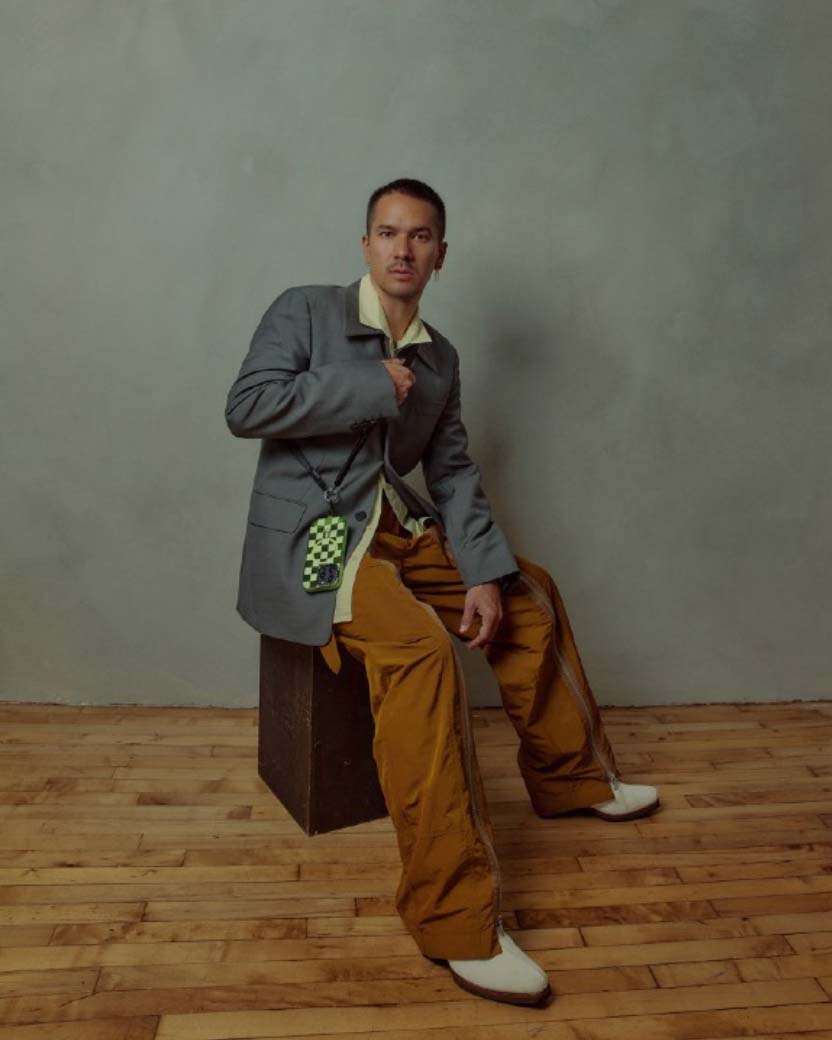
taylorokata
#casetify called me to style their new #iphone14 cases ☁ 🦋 🦓 🏁 Press 1️⃣ if you are satisfied or Press 2️⃣ to speak with a representative

STYLIST TAYLOR OKATA SHARES A PIECE OF GOLDEN FASHION ADVICE
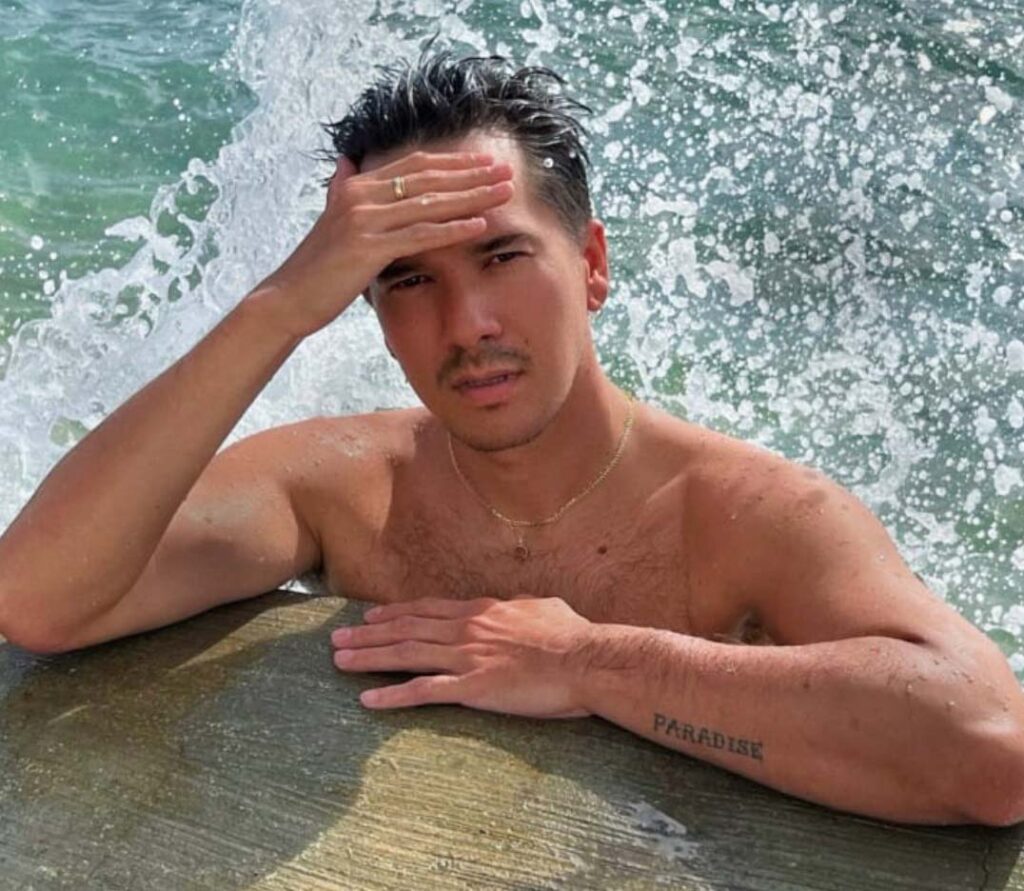
Stylist and creative Taylor Okata is paving the way for what should be an entirely new generation of stylists. By nature, those who style editorials, campaigns, and the like are tasked with telling stories through clothing.
But today’s tastemakers, like Okata, are infusing who they are into everything they do. It means Okata’s latest gig, helping bring to life the Spring 2022 Jacquemus show in his native Hawai’i, wasn’t just a passion project—it was a healing moment for his queer inner child; a chance to represent his culture in the biggest way possible, resulting in a viral moment that had the industry talking across Instagram, TikTok, and Twitter.
In the interview below, get to know Okata as he styles some of his favorite gold Mejuri pieces and walks through how he got to where he is today and what he hopes the future of fashion holds……
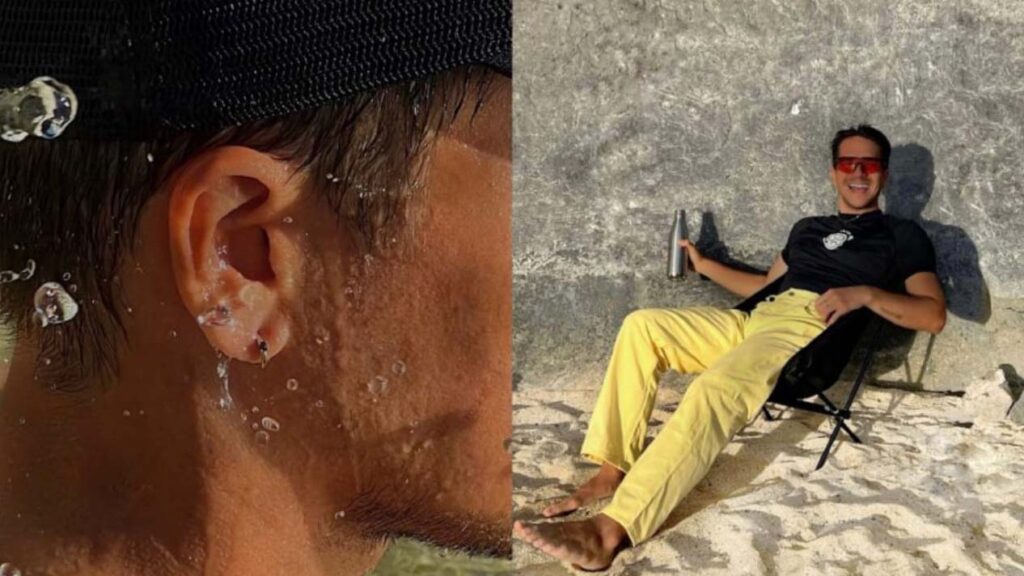
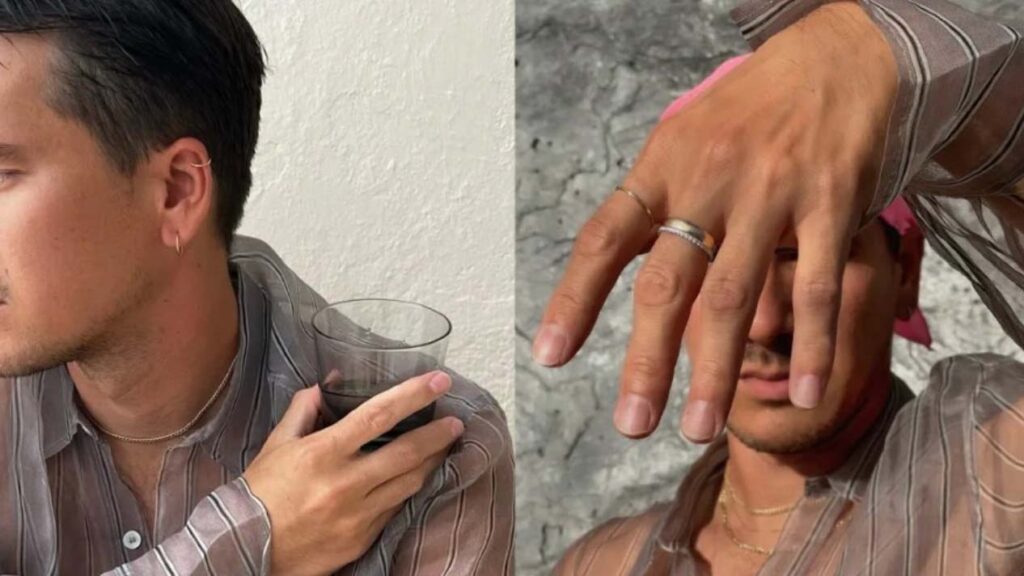

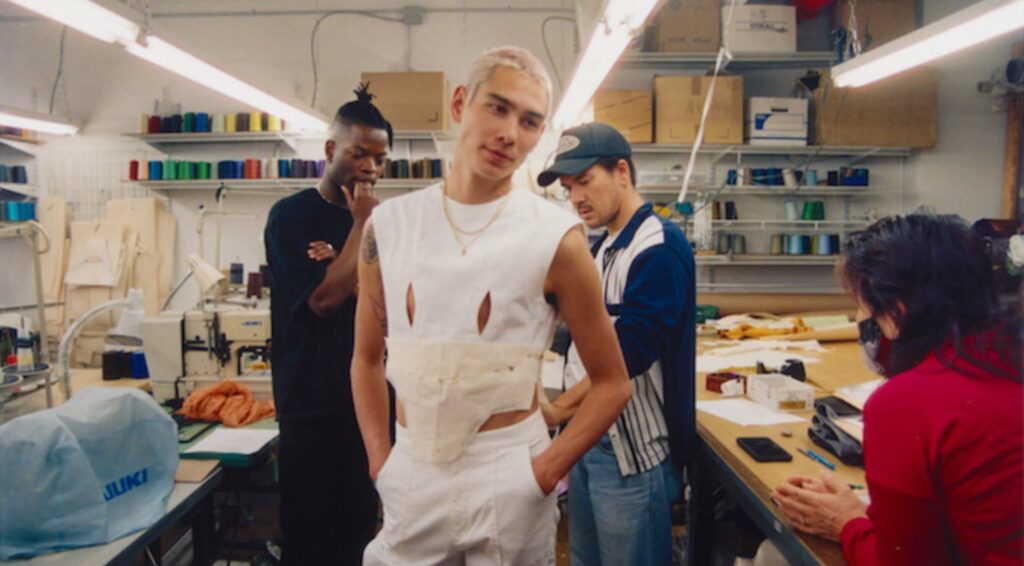
The Science Behind Evan Mock's Met Gala Look with Head Of State
May 03, 2022
The first Monday in May, otherwise known as the Met Gala serves as a special time for everyone. Whether you’re a stylist assistant running up and down the elevator of the Mark Hotel, tweeting critiques from the comfort of your own home, or you’re an attendee, like Evan Mock, a skater turned actor from Hawaii — this day represents a look into America’s fine appreciation over art and fashion.

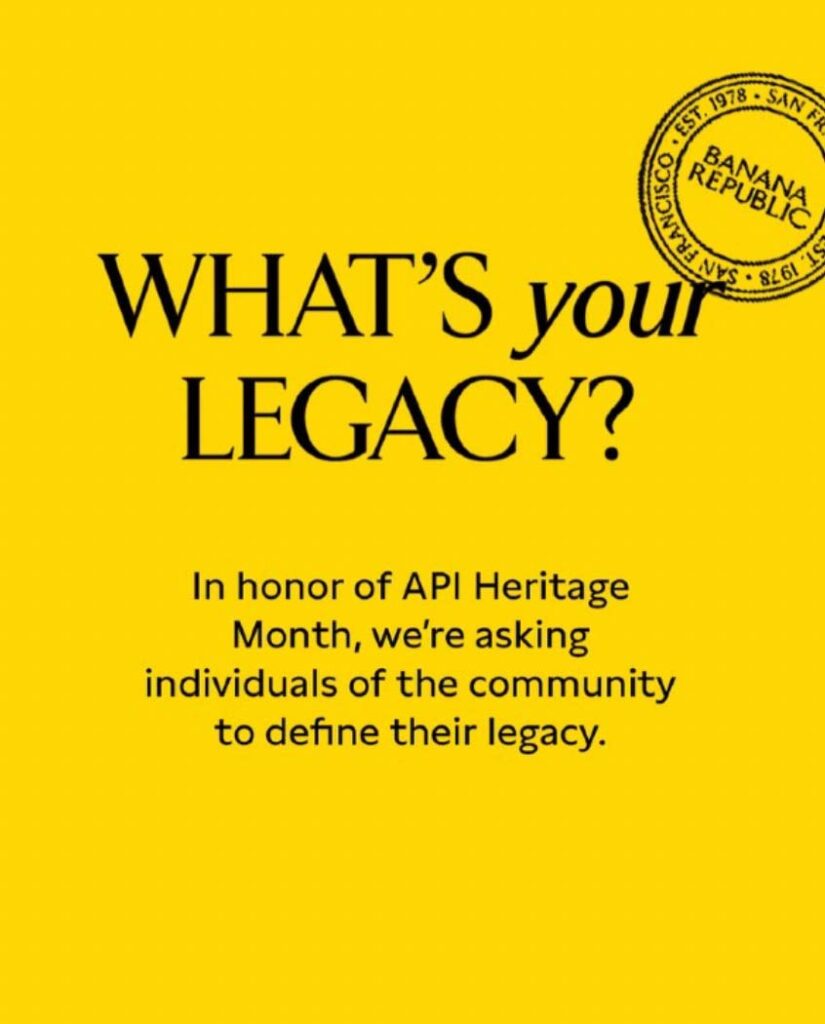
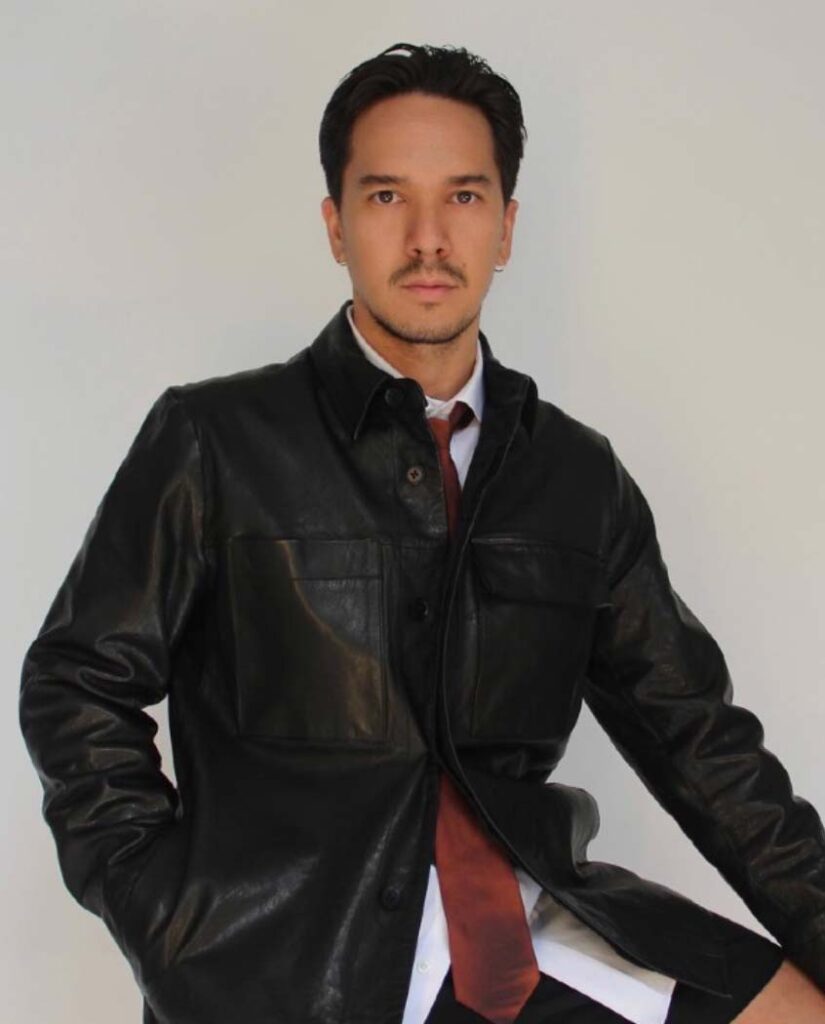
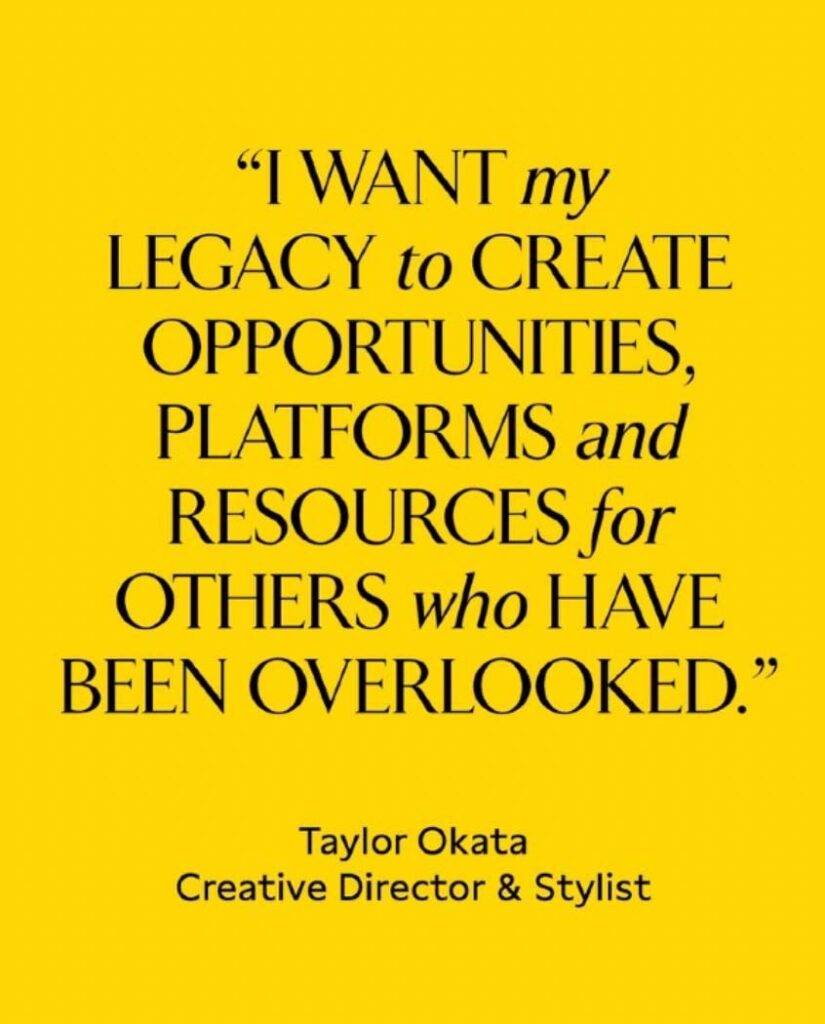
What's Your Legacy? | Celebrating API Month
In celebration of API Month, we’re amplifying the voices of the API community while remarking on the history that influences the legacy to come. Throughout the month, we’re highlighting individuals from the community and asking them to share their stories and the legacy they aim to leave behind.
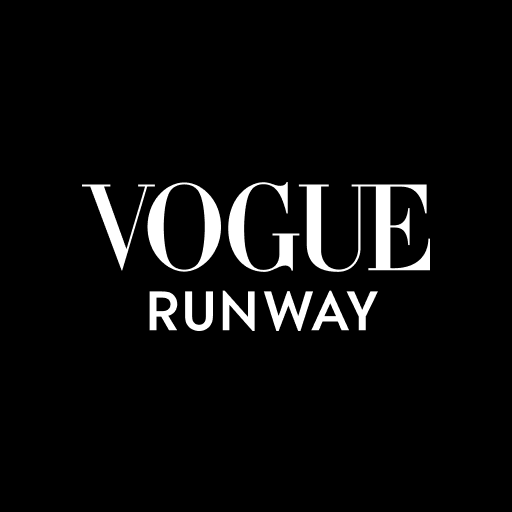

PUMA SUEDE/ FALL 21
FOR 73 YEARS, PUMA HAS PUSHED FORWARD SPORTS AND CULTURE IN REMARKABLE FASHION.
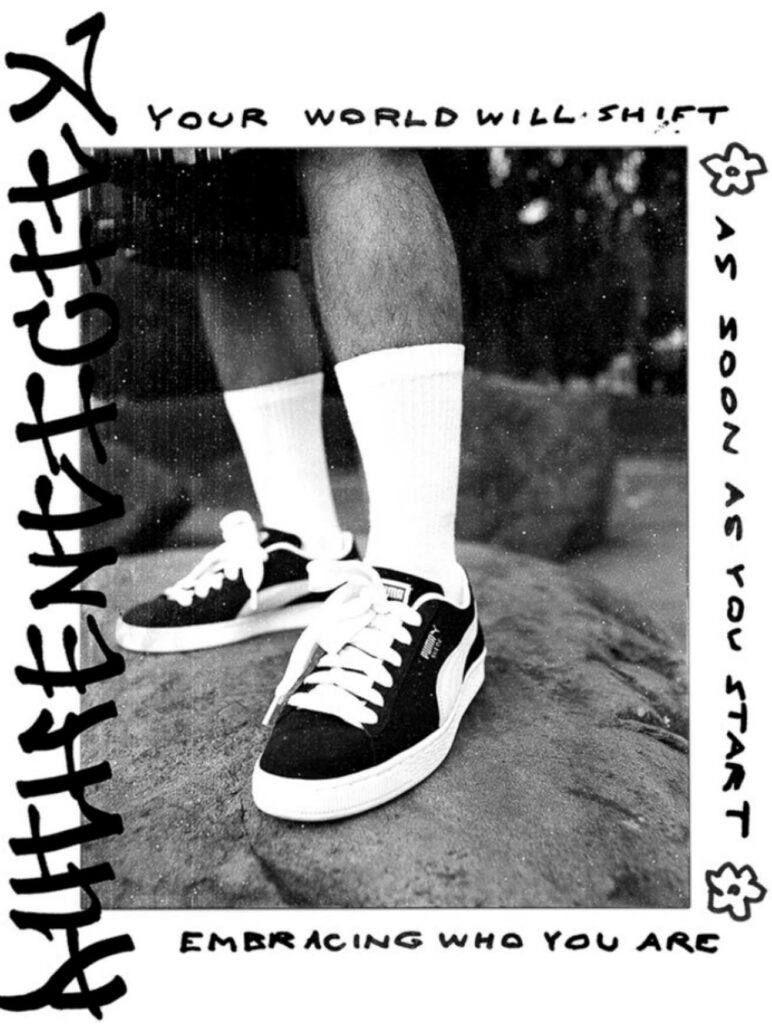
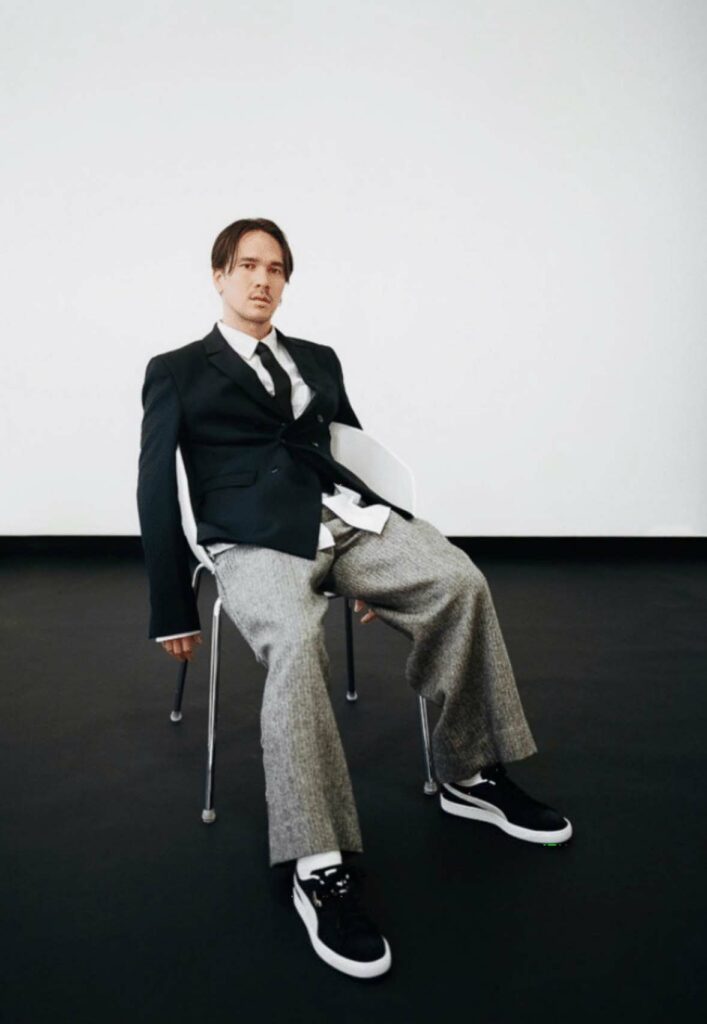
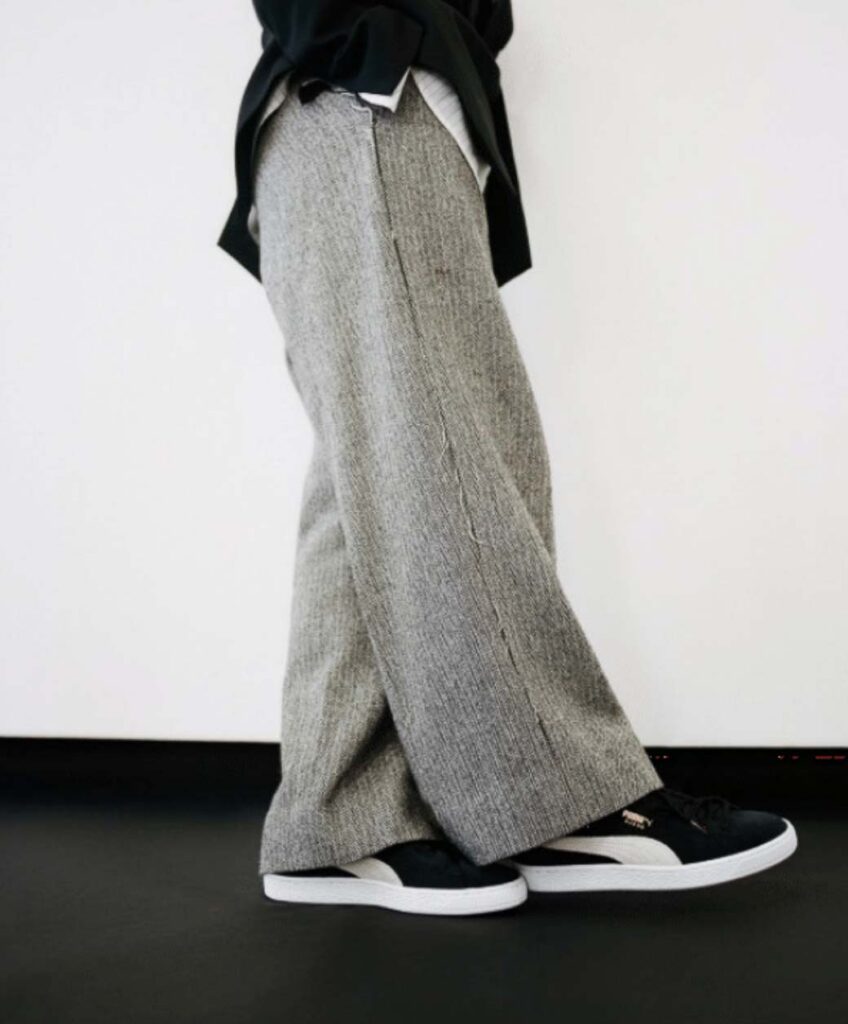
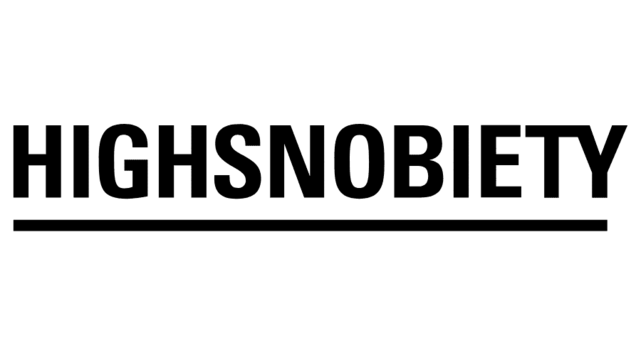
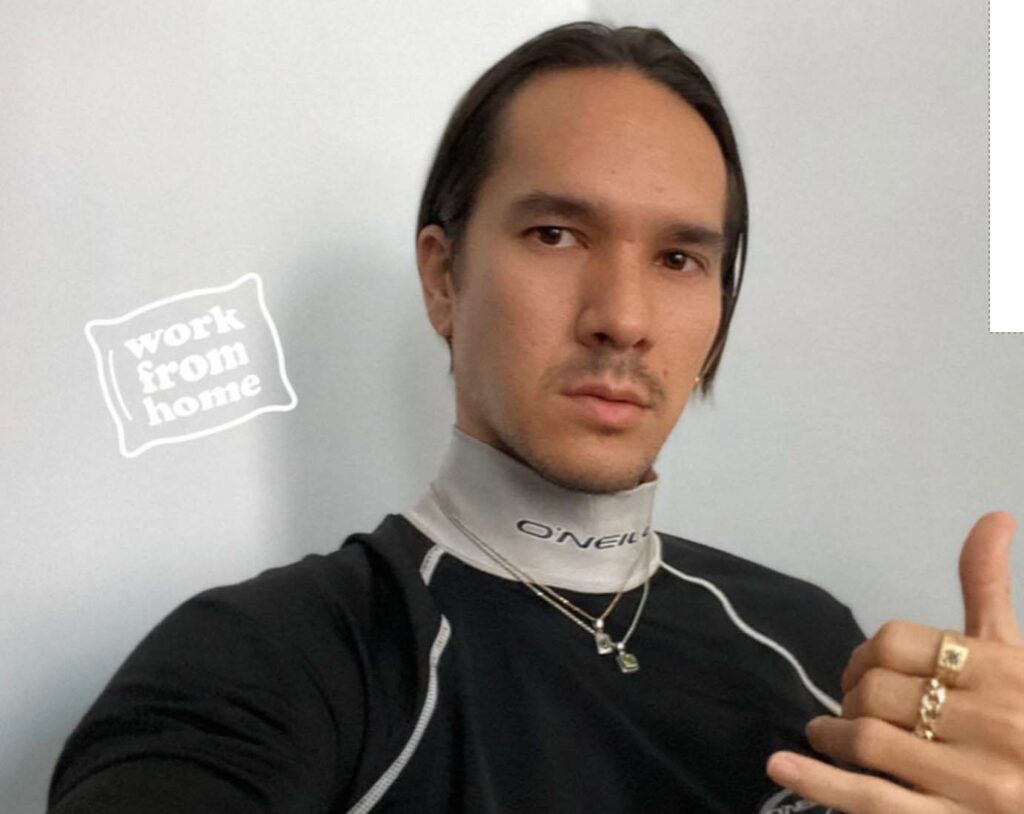
STYLIST & CONSULTANT TAYLOR OKATA GETS REAL ABOUT HOW COVID-19 AFFECTS FREELANCERS WORK FROM HOME | WORDS BY EMMA LI
On this episode of ‘Vibe Check,’ host Jian DeLeon catches up with stylist and consultant Taylor Okata. The work grind never stops for a freelancer: even when faced with cancelations and postponements, he’s continuously putting together pitches and mood boards for the right opportunity to come around. Taylor recently shared his home workspace for our WFH Office Tour, unveiling a minimal and streamlined setup. For Taylor, the quarantine is a moment to reevaluate his business, including the role he plays in his family business.

The Sweater Vest Returns, and It's Sexy
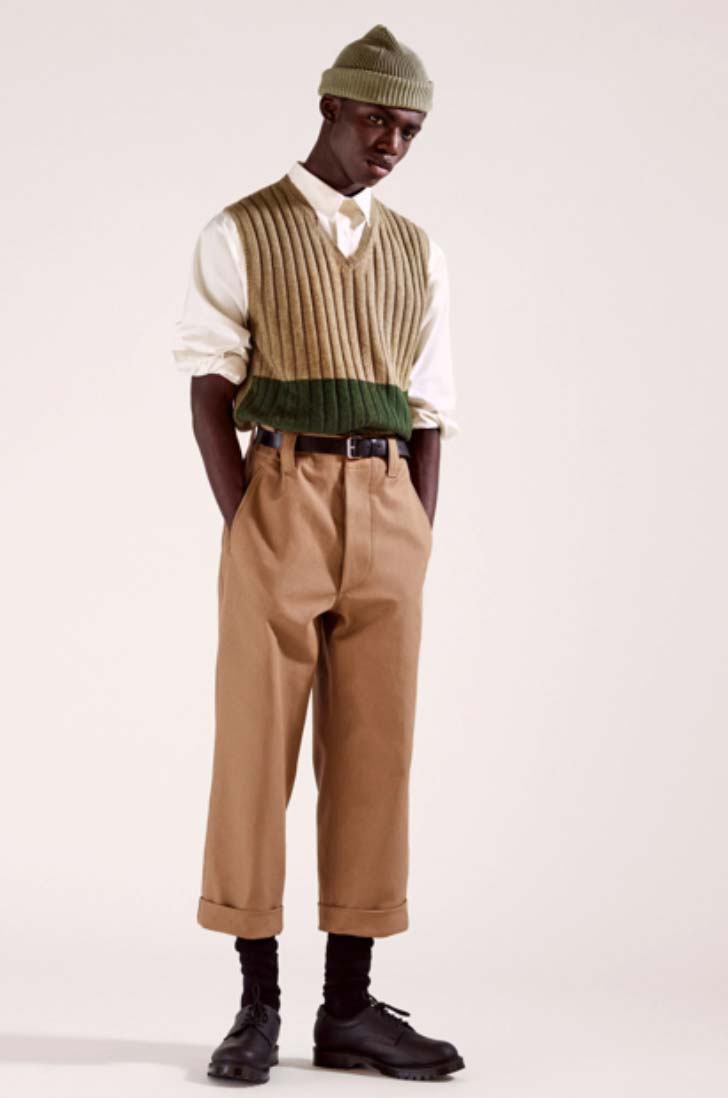
As we navigate our re-emergence into public life, a sweater vest can be read as a way to keep hold of the cozy-at-home solace we’ve relied on during the traumas of the last year. “There’s a level of comfort, still, with a sweater vest,” said Taylor Okata, a stylist. “I feel like it’s an evolution. It’s for people who want to be comfortable but don’t always want to be in a hoodie.”

GQ asked its contributors ‘What does liberation mean to you?’
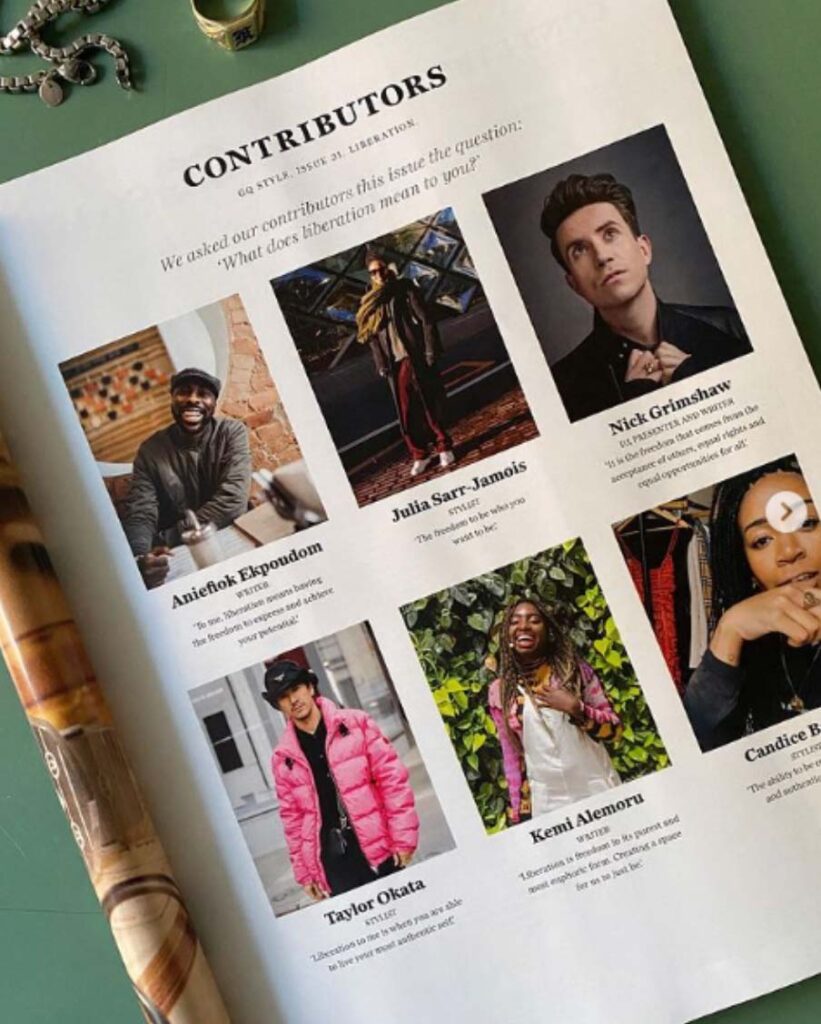
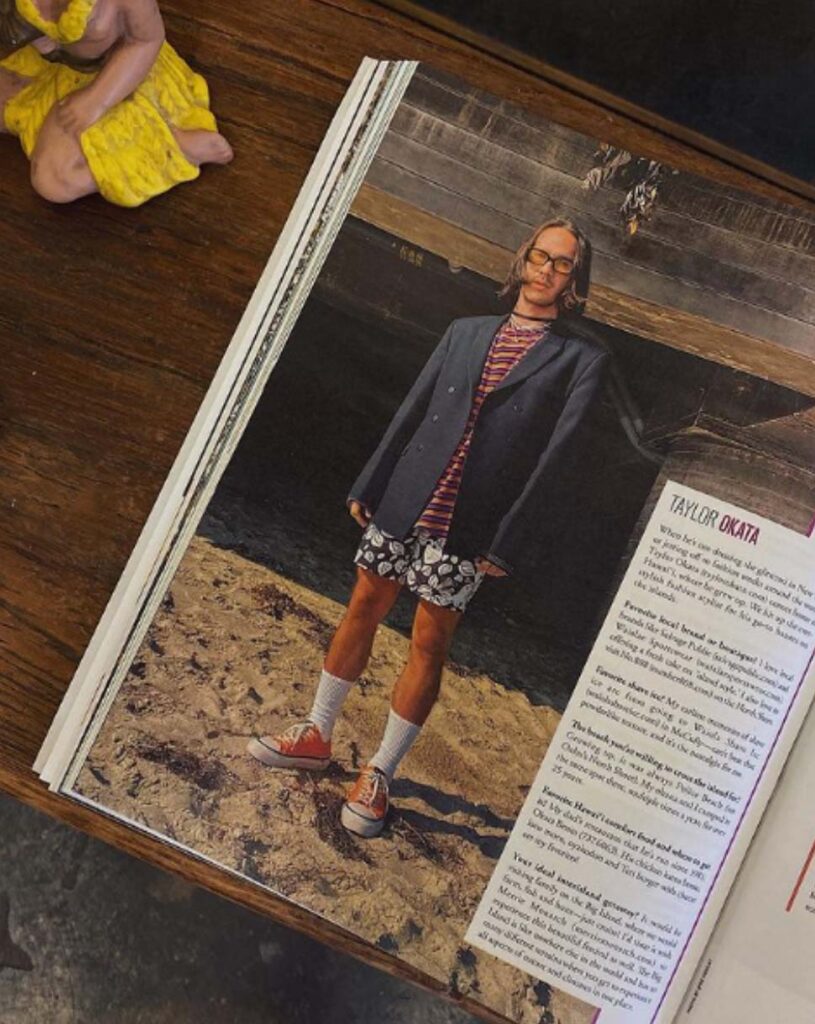

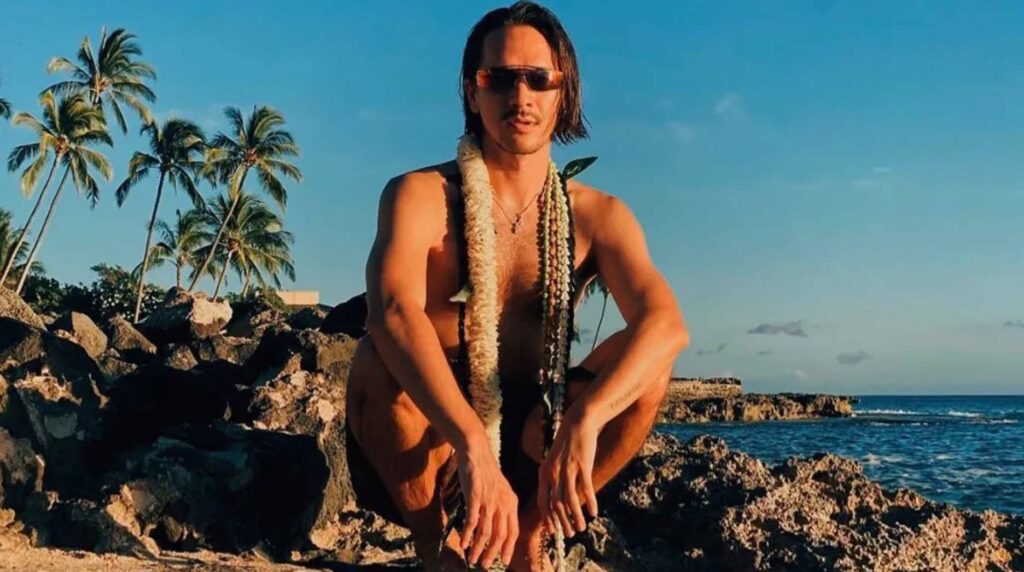
The August Wave: Lots of Hair, Not a Lot of Clothing
Welcome to another edition of Grooming Gods. This week: a celebration of long hair and face masks-the skincare kind, that is.

On The Line With
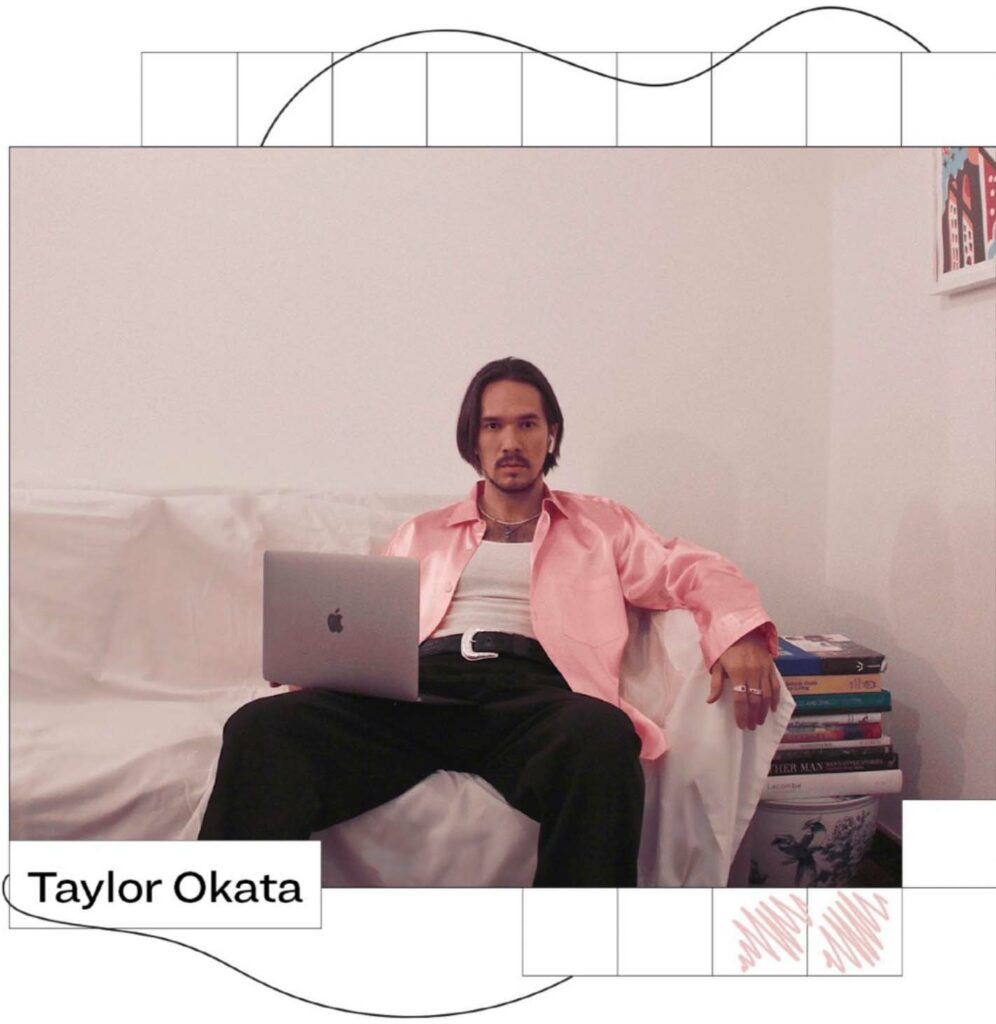
Hailing from the islands of Hawaii, you can typically spot Taylor Okata gracing the streets of fashion week or styling behind the scenes for clients such as Highsnobiety, SSENSE, HYPEBEAST, Vogue, and more. We’re still thinking about that legendary Dior croc jumpsuit he put Evan Mock in for Paris Fashion Week. Although things are different at the moment, Taylor is adapting to creative ways of digitally continuing his passion, and prioritizing support for other freelancers. For this latest installment of On The Line With … we caught up with Taylor Okata from his NYC apartment to discuss how he’s adjusting and what remains important during these times. Read Up.

Reebok Teases Club C Campaign, Starring a New Class of Creatives
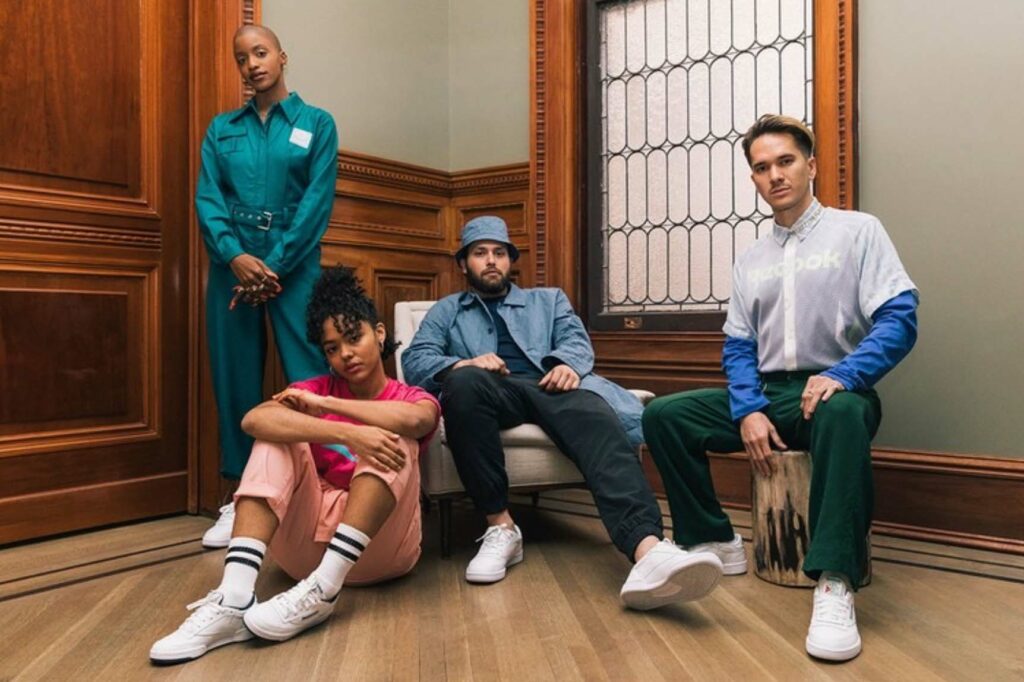
Reebok’s latest campaign shows that the Club C is becoming the official shoe of the creative class. The brand has invited four unabashed artists across a variety of disciplines to star in the initiative, including singer/songwriter Nick Hakim, photographer Adrienne Raquel, stylist Taylor Okata and painter Monica Hernandez. By the looks of it, the soon-to-be-released campaign is championing boundary-pushing crafts and encouraging like-minded creators to join the Club.
Despite having already proved itself as a modern style staple, the low cut classic shoe continues to refresh itself, staying true to its “sport the unexpected” adage.
Check out the teaser above and stay tuned to HYPEBEAST for more info on how to join the Club.
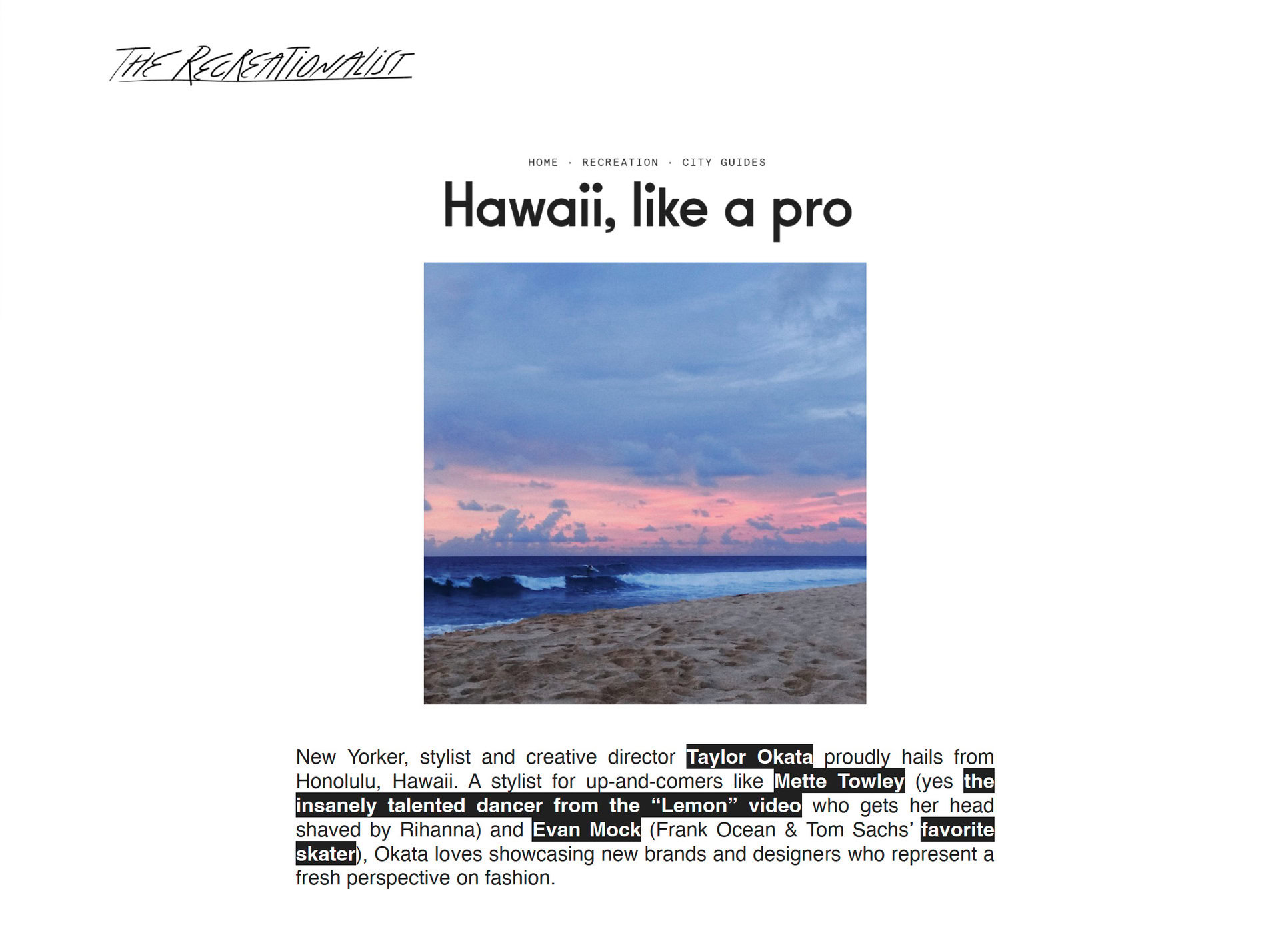
O.N.S Exchange: Episode 10 (Urban Transplant)
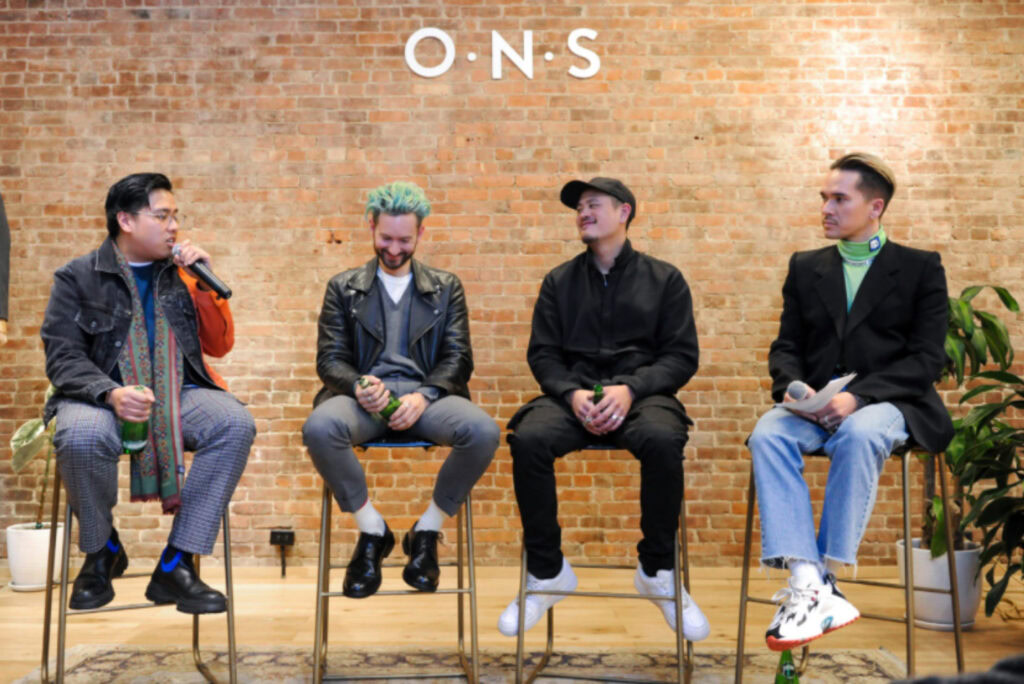
Most New Yorkers become New Yorkers over many years of work and hustle. In this new episode of the O.N.S Exchange, industry insider, Taylor Okata will chat with some of fashion’s favorite guys about how they got here, their come up and how they’ve managed to make a name for themselves in the ever-changing scene that is New York.

6 Street Style Trends From the Fall 2019 Menswear Shows
JANUARY 31, 2019 4 :21 PM
by EMILY FARRA
Vivid Supercharged Colors
Last season, we were blinded by bursts of neon thanks in part to Prada’s highlighter-pink and orange Fall 2018 collection. What could have been a flash-in-the-pan trend exploded this month, with men and women alike dressing in fluorescent shades of yellow, turquoise, and lime green. One thing’s for sure: A bright hue can do a lot to boost your mood in five-degree weather.
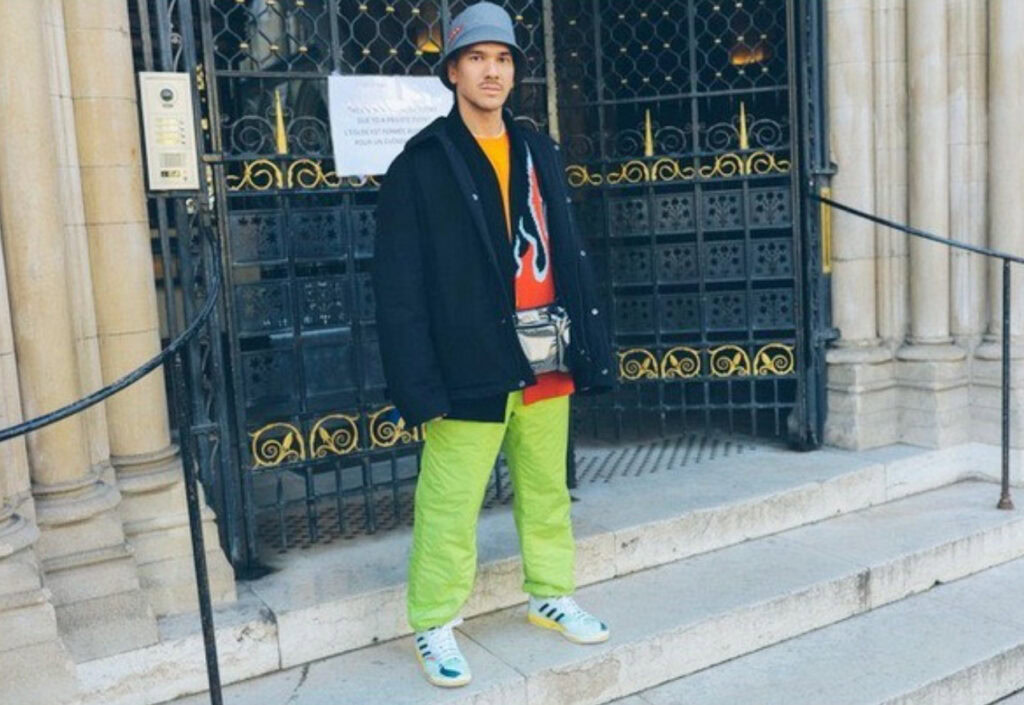

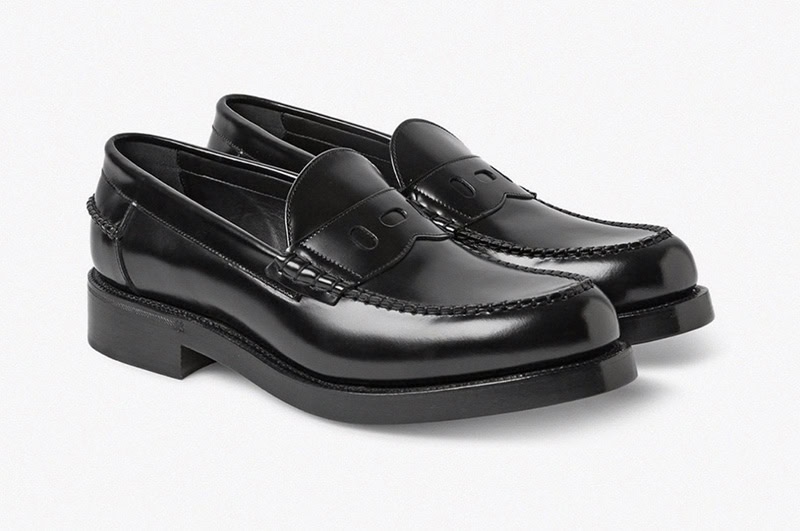
When Industry Insiders Aren’t Wearing Sneakers, This Is What They’re Wearing
“My go-to non-sneaker is Loewe men’s polished leather penny loafers in black, designed by J.W. Anderson. This model has a substantial heel and sole versus a lot of the loafers I see on the market. I’m not into a really thin sole on a man’s shoe. The silhouette is structured and chic, so it dresses up any look real quick and hurts so good. It’s a bit prep, which provides a nice contrast to my looks.”
Taylor Okata
O•N•S/ Stylist Taylor Okata Explains His Fall Fashion Philosophy - Fashion
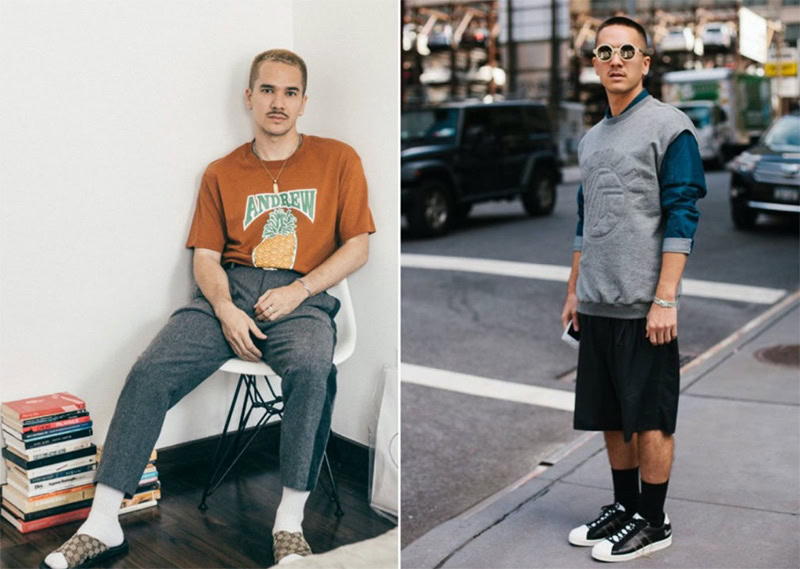
One can sense Taylor Okata’s Hawaiian childhood in his taste for color and disregard for outmoded rules. His unique perspective has shot him to the top of the styling industry, where he’s worked with everyone from Vogue Italia to Hypbeast, Apple to Adidas, packing his portfolio with enviable shots and memorable outfits galore. In an effort to understand his creative approach to styling, O.N.S visited Okata’s apartment last month, where we got his input and advice on everything from fall styles to why you should wear whatever color you want, whenever you want, no matter the season. Read on and learn.
Fall in New York can be warm. How do you layer up without overheating?
I save heavier fabrics for colder weather and layer lighter-weight pieces. I have a go to trench that is perfect for fall, and although it’s wool, its light and airy. I throw it over a long sleeve T-shirt with track pants for morning errands. I also try to layer pieces that are easy to peel off once indoors.
What’s the best way to incorporate bright colors into fall’s traditionally earthy palette?
When it comes to color, I personally don’t stick to any rules. If you’re trying to break free from the darkness of fall and winter, try wearing a black or white T-shirt that has a colorful graphic under an open layer, or a sneaker with a colorful accent, or even a slime green colored sock. Don’t limit yourself to a dusty rose as your “pop of color.” No matter the season, your color story should make sense for you. The Pantone app can also be of assistance.
What are your must-have fall pieces?
A couple lightweight jacket options, including mid-length and waist, a comfy hoodie or sweater, wide-leg trousers, and a plethora of long sleeve T-shirts.
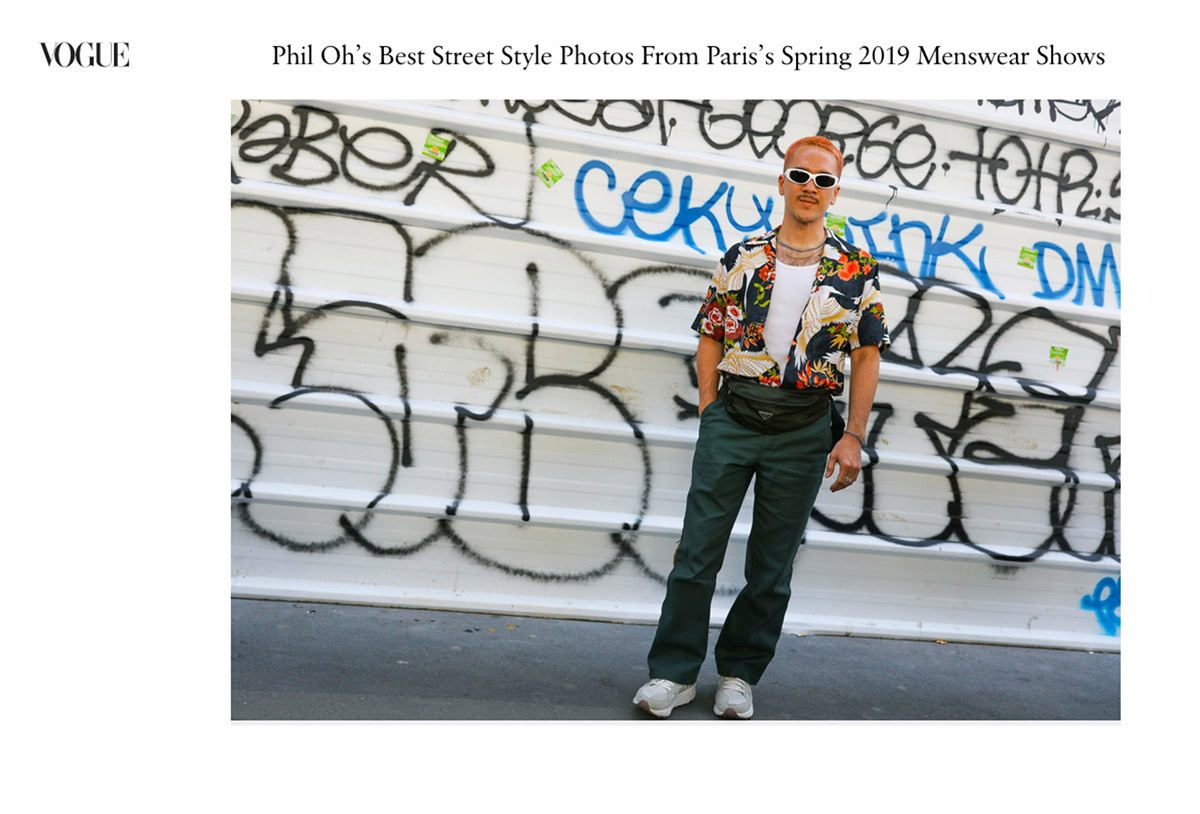

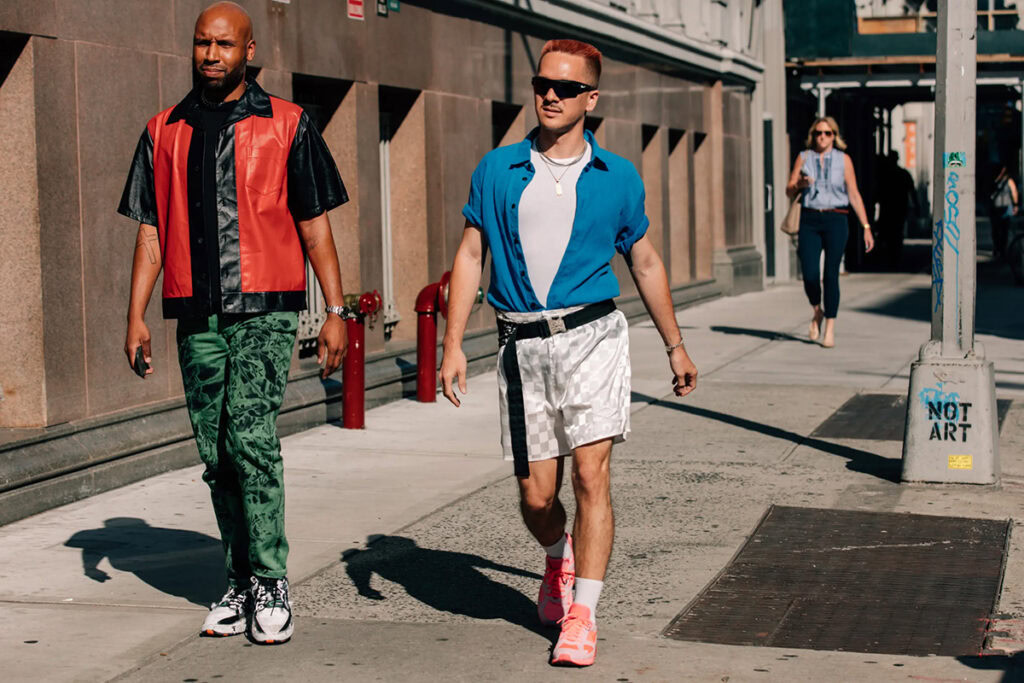
The Best Street Style at New York Fashion Week: Men’s
After the Spring-Summer 2019 Paris shows, the fashion world’s top editors, bold-face names, stylists, professional athletes, and hangers on had a moment to rest and reset their closets for the next stop en route to next season, New York City. Home to a slew of young-gun, game-changing talents (Willy Chavarria, Bode) and now-establishment labels upholding American menswear’s traditions of making clothes guys can actually wear in the wild (Todd Snyder, Ovadia & Sons), the New York Fashion Week: Men’s shows present the full spectrum of menswear design today. They also do it at a time when the temperature is pushing triple digits. It’s nothing the most sartorially inclined out there can’t handle (see: smart layering, the right camp shirt, every loafer known to man)—and these guys prove it.
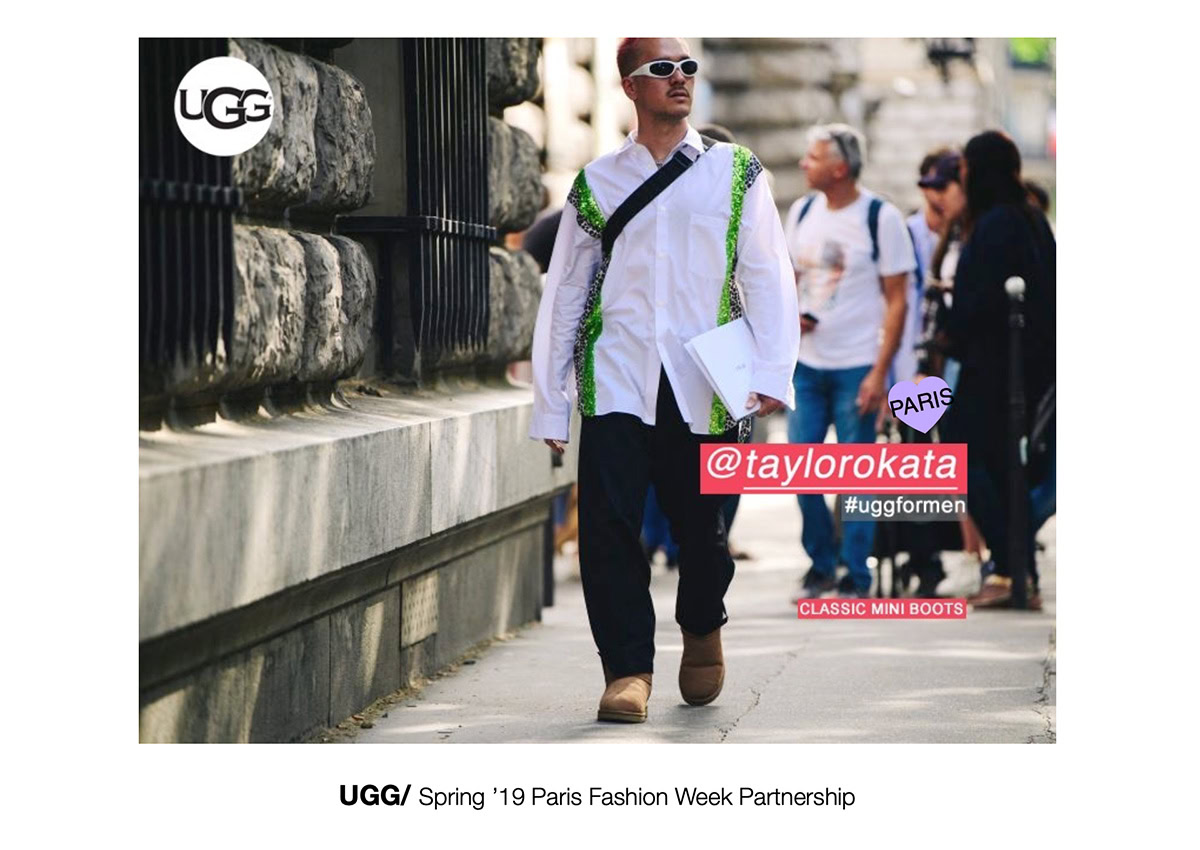
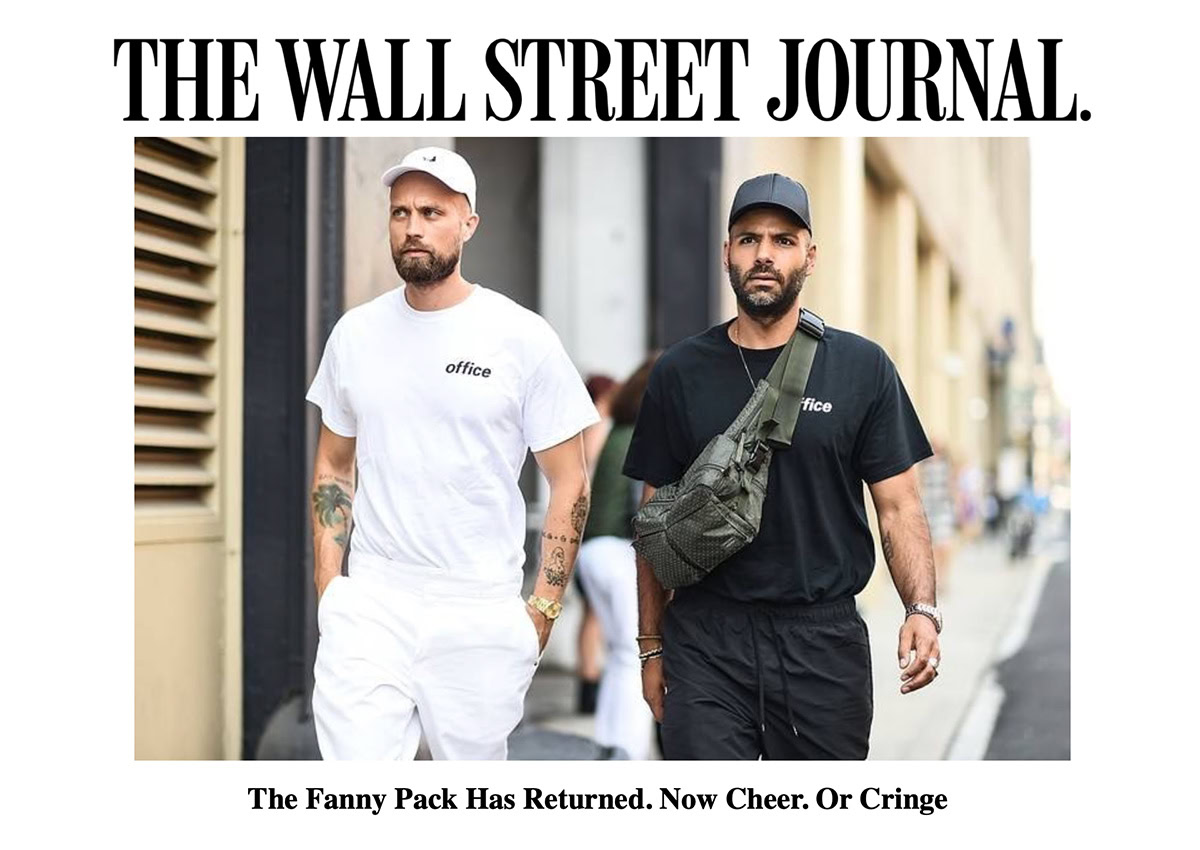

In Medias Res: Taylor Okata
“In Medias Res” is a column in which photographer Chris Fienmore links up with some of New York City’s most interesting people to see what they’re wearing throughout the week.
Name: Taylor Okata
Age: 30
Occupation: Creative Director & Stylist
Neighborhood: Where the Lower East Side intersects with Chinatown
Favorite shop(s) in New York City: DSM, IF, Labor Skateshop
Favorite restaurant in New York City: Basta Pasta
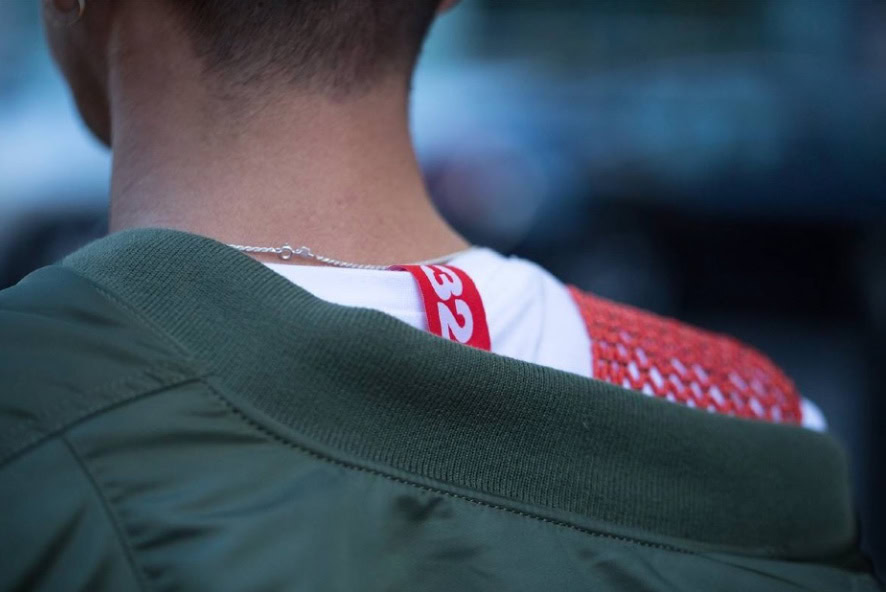
How did you get into fashion: Growing up, my older sister brought home magazines like Dazed & Confused, Dutch, The Face, i-D, plus all these art- house, foreign & independent films. I remember watching Wong Kar-Wai’s 2046 in my freshman year of college and it blew my mind. These influences really drove me to want to contribute similarly. I decided to add Studio Arts to my curriculum instead of International Business, which my family would’ve better understood. I became infatuated with all things visual: graphic design, fashion, film, photography. Post-university, I decided to only take on work relative to those fields.
How would you describe your personal style: “Post-materialistic,” lol. To sum up, I wear things that come from a mindset I can relate to. Growing up in Hawaii, I was raised on Hip-Hop and R&B, but also Punk, Ska, Skate, Surf and Tribal references. All these things have had an impact on my style. I’m multiracial, so I definitely reference various cultures of mine: Japanese, Hawaiian. Living/having lived in distinctive, stylish cities such as LA, New York, Paris and Tokyo has also refined my personal perspective.
Current favorite piece(s) in your closet: 032c merch, Gosha double cuff flannel and Prada trousers w/ contrast stitching
How long have you been using Grailed: When did it launch?
Most memorable Grailed come up: I’m still waiting…
Favorite fashion designers: Miuccia Prada, Raf Simons, Rei Kawakubo and Yohji Yamamoto. I also really like Ganryu and Gosha.
Ultimate grail: Nothing as of yet.
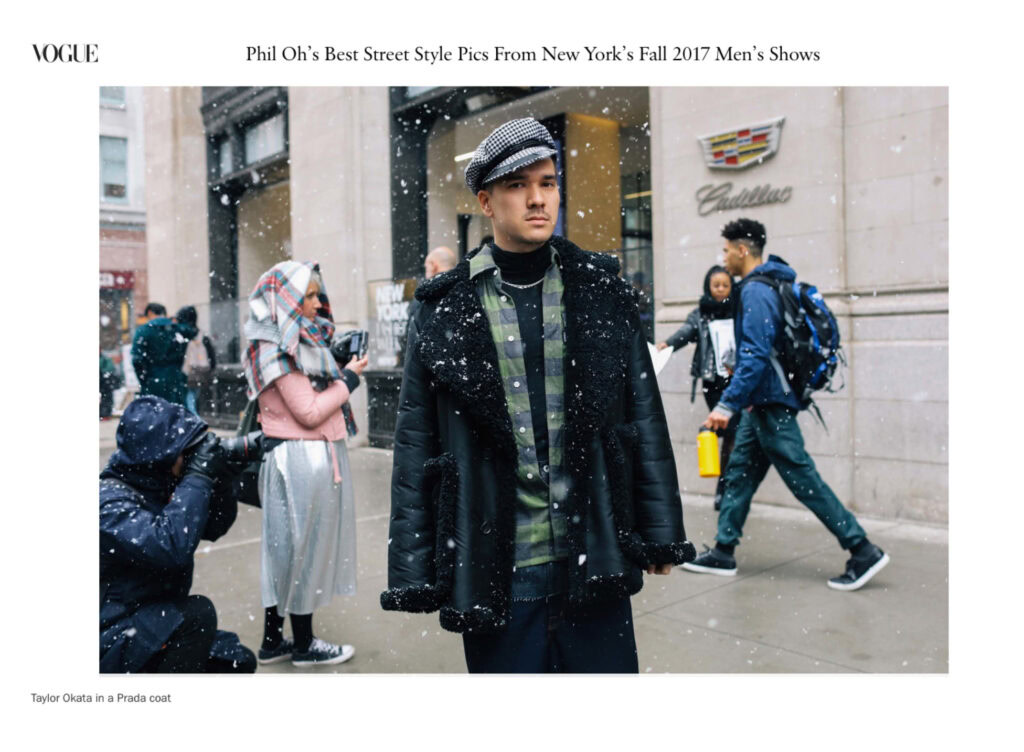
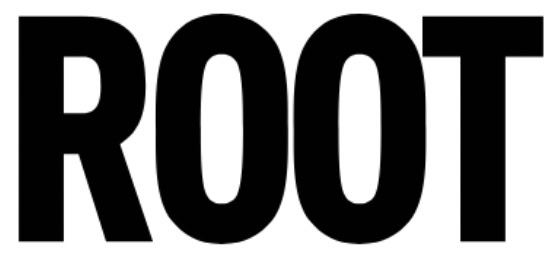
SEVEN ON SET: Taylor Okata, Stylist
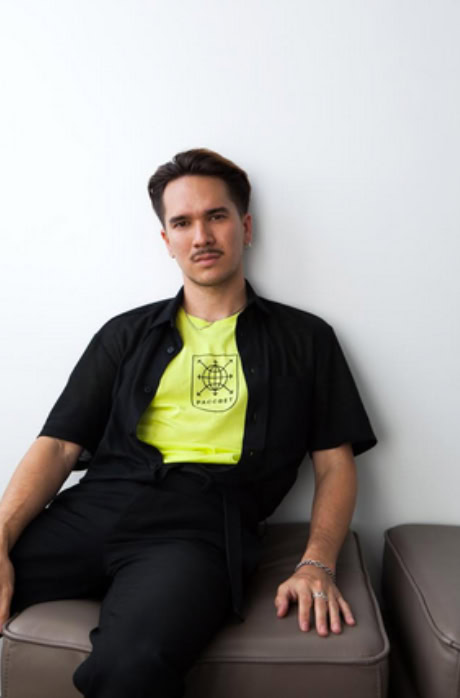
SEVEN ON SET is a monthly interview series that takes a closer look at creative individuals. In this installation, we interviewed Hawaii-raised and NYC based stylist Taylor Okata.
1. What made you want to become a stylist? Growing up in the 90s / Y2K era, I read all the magazine’s my older sister would pick up – Dazed & Confused, Dutch, The Face, i-D. I was also exposed to indie, art-house films she would rent. (In Honolulu, these magazines and films were very hard to come by, and usually delivered months late.) Little did I know, these editorials and stories were creatively what helped me become a seeking spirit, and made me want to contribute similarly.
2. What has been the most memorable moment of your career? Arriving in Paris [for my first time] to work for Yohji Yamamoto.
3. If you did something different for a living, what would it be? I would have my own social-documentary series where I explore the meaning of Personal Style & Identity in different places – Looking at ideals enforced by our media and its (mis)representation of these communities and cultures, which furthers our misunderstanding (or understanding) of one another.
4. What is your personal mantra? Reality is there for us to change.
5. What is one thing people would be surprised to know about you? I have a black belt in Karate.
6. Ideal Dinner party? Dead or Alive. Rupaul and Nirvana in 1993 when that infamous photograph was taken [and whoever else was involved in that setting].
7. If you could only choose one song to play every time you walked into a room for the rest of your life, what would it be? “I Would Die 4 U” by Prince
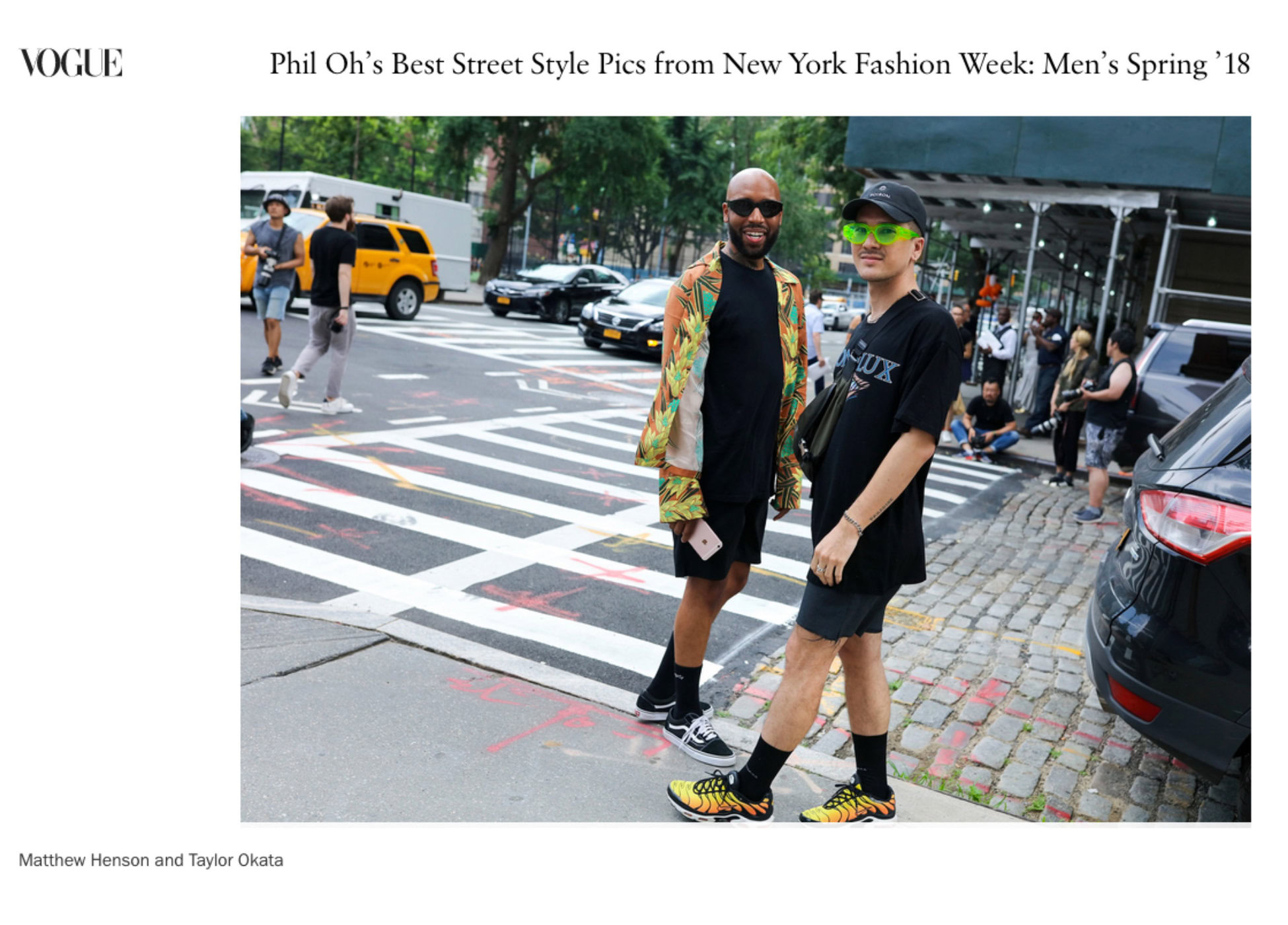
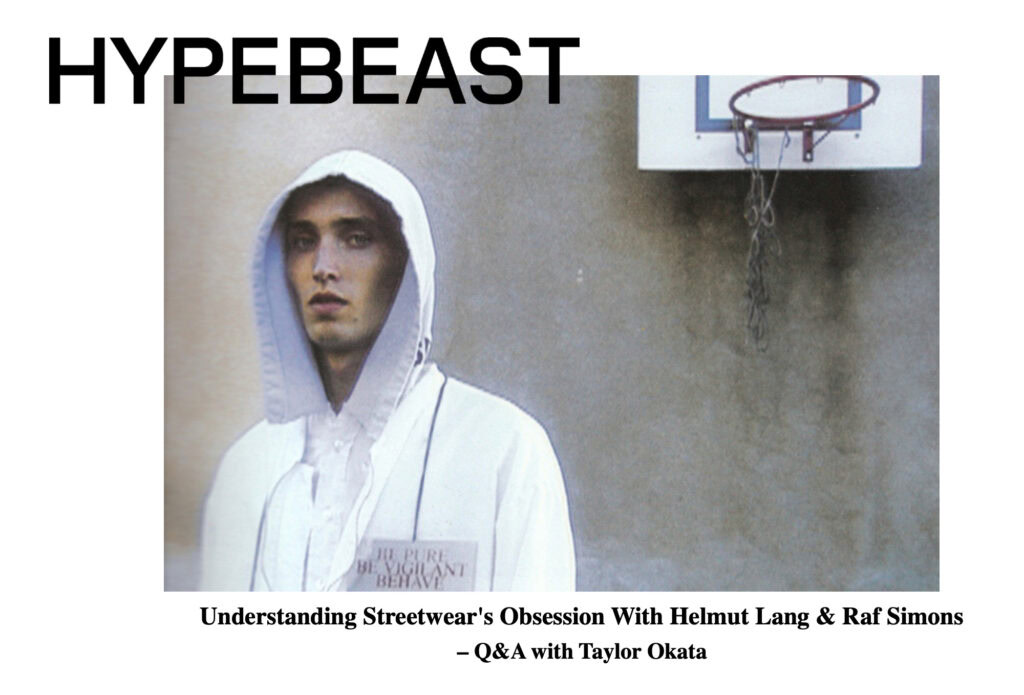
First Impressions of Helmut Lang and Raf Simons
Taylor Okata, Menswear Stylist
I discovered Helmut Lang’s and Raf Simons’ work during the late ’90s in editorials and magazines like i-D and The Face. Thankfully I had an older sister who introduced me to these magazines – it was my only source for obtaining this type of information. I remember first seeing Helmut Lang in 1998 when he live broadcasted his fashion show on the Internet. I slept over a friend’s house who had the Internet, so I could stream it and got teased for it.
Federico Barassi, SSENSE Menswear Buying Director
I was really big into Nirvana in the ’90s, and at the time Raf Simons was heavily referencing the grunge scene, so that’s how I was first introduced to his collections.
When I first started working the fashion industry in the early 2000s I started becoming more interested in buying designer clothes for myself, and it’s around that time I was introduced to Helmut Lang and his innovative designs and denim.
Matthew Henson, A$AP Rocky’s Consultant
I was first introduced to Raf Simons as an intern at Flaunt Magazine. This was when Raf was represented by Totem, a press agency known for discovering and representing and you used to have to use a fax machine to send over your sample requests for editorial shoots. Unfortunately for me, Helmut had shown his last collection under his namesake brand before I officially entered the fashion industry, so I never got to see those samples up close. I did get really lucky a year or so after he stopped designing because a lot of his pieces from several seasons ended up at the Neiman Marcus outlet.
How the Brands Amassed Their Cult Followings
Taylor Okata, Menswear Stylist
Men’s wardrobes have been forcefully pigeonholed – the sartorial rules of a pant, shirt, suit, etc. – Lang and Simons explored beyond these parameters. They designed clothes that men wanted to wear, but pieces we had not seen before – whether it was reinventing a white shirt or the proportions of a suit. They are pioneers for constructing a new men’s identity. They transformed the way men dress and want to dress.
Federico Barassi, SSENSE Menswear Buying Director
Both Raf Simons and Helmut Lang have always told stories with their collections. They were groundbreaking designers, and in Raf’s case still are. They pioneered trends and didn’t follow what others were doing at the time. Art and the youth has always been an important influence on both designers. Their collections had a certain intellect that spoke to a specific customer who is informed and cultured. Today the youth is more informed than ever, so it’s easy to see how they could be interested in their past collections, which often had strong underlying messages. For Raf Simons, in particular, all of his collections have strong cultural references that are reflective of the times which make each item special. Helmut Lang denim was also an important moment in the ’90s. He was approaching denim in a way that hadn’t been previously seen. He was using unique techniques like incorporating padding into denim and introducing an iconic straight leg jean. Many of the collections designed by Helmut Lang are collectible because of the techniques he used and because he is no longer designing for the brand.
Matthew Henson, A$AP Rocky’s Consultant
Both labels have a cult following because there is a point of view, progression, development, advancement, original ideas, and there was always desirable items that you wanted to wear and own. Those attributes are few and far between when it comes to many of the menswear designers and brands because often they regurgitate and remix both Raf and Helmut’s ideas and some have found great success in that, so to each their own.
How Have Seminal Collections Influenced Current Runway Designs
Taylor Okata, Menswear Stylist
These collections were extremely significant in creating something new for men’s wear and the runway experience. I don’t believe the men’s fashion landscape, at that time, was fully recognizing what Lang and Simons were conveying. Since fashion references the past, we are witnessing many designers looking to the
’90s and early 2000s for inspiration. You can’t reference these years without highlighting what Lang and Simons showcased – from graphic-printed slogans, to trousers, to outerwear – their designs are evident references in many brands today.
Aside from the clothes they designed, there are also many elements that inspired the overall runway experience we see today. Helmut was the first to show men’s and women’s in a single show. He was the first
to broadcast his runway show to the public via Internet. He pioneered backstage photography. Raf presented a controversial runway experience with his 2002 spring/summer collection: “Woe Onto Those Who Spit on the Fear Generation… The Wind Will Blow it Back.” Models walked barefoot with their faces masked, some holding flares. Torn hoodies printed with anarchic slogans signaled youth rebellion. This season, we saw many designs and messages on the runway taking a similar approach.
Federico Barassi, SSENSE Menswear Buying Director
Helmut Lang and Raf Simons have a strong and clear artistic approach. Even though it’s 20 years later, what they had done in the ’90s is still relevant today. They were both among the first to be influenced by street culture and bring it to mainstream fashion. At the time they were the only designers bringing the roughness and raw style of the street into the luxury world. Fashion trends are cyclical and now as we’re looking back to the ’90s, both of their styles are still very relevant today. In Raf Simons’ 2000 spring/summer collection, he showed a lot of parkas and bombers, patches with pins, which are all back in style now. It’s easy to see the influence on designers today. Raf Simons’ collections have always been about community, youth and the people. Now he has brought this vision of inclusiveness to Calvin Klein, which is evident in his first collection, Parade – a representation of American people from all walks of life. He has such a powerful creative vision that he is often regarded as one of the best designers of his time. He brings a caliber of work that is so highly regarded within the industry that there is no one better to take on the challenge of reinventing a brand. The Internet and How It Boosts or Hampers Both Brands’ Legacy
Taylor Okata, Menswear Stylist
I can’t say these mediums for reselling have hampered their legacies. These platforms have definitely created more hype around them with newer generations. Look at Helmut Lang – the label itself still exists, but Helmut Lang pre-departure is in more demand than ever. Grailed saw where eBay was failing with millennials and fulfilled that void – that’s being smart. People were reselling these types of things before the Internet. I think the reselling culture can hamper a brand’s legacy, not necessarily these platforms.
Matthew Henson, A$AP Rocky’s Consultant
Reselling sites do not hamper the legacy of these brands at all. It somewhat helps preserve them in many ways, and places them on a pedestal. The retail environment was different back then as well. Menswear and men’s fashion was not a huge of a market as it is now, so a lot of the items were not mass produced. If you ever get your hands on any of those pieces, and turn them inside out and look at how they are made, a lot of those techniques are lost and not used today.
Popularity Overshadowing Heritage
Taylor Okata, Menswear Stylist
In a sense, yes. I feel their popularity with millennials and generation Z specifically can overshadow their heritage, as many learned about these designers through social media or public figures like Kanye West. However, it comes down to doing your homework – if you want to learn things at face value or by looking at Instagram, don’t be surprised if you’re misinformed. Speaking of overshadowing – you have entities plagiarizing and watering down Lang’s and/or Simons’ designs. This distracts those from knowing the importance of both designers, and what they’ve done. You have young kids wearing a brand thinking it’s on the forefront because of how it’s conveyed to them. Meanwhile, it’s posing as an early 2000s Raf-situation.
Matthew Henson, A$AP Rocky’s Consultant
In terms of popularity, when speaking about Helmut, it’s not an equal comparison because Raf is still at the helm of his namesake and Helmut left his namesake in the early 2000s. The obsession with both Raf and Helmut comes from the impact those designs have had on menswear and fashion in general. They changed the landscape with every collection, and that doesn’t happen as much anymore with a majority of the current menswear designers. They have it a bit easier because of over-saturation, and because of the fashion industry removing the veil over the past couple of years, so you can see the inner workings, and then exacerbating that with social media. Raf will always be popular because he is the most referenced designer in menswear, whether people cite him or not. Being Welcomed By Street Culture and Hip-Hop Taylor Okata, Menswear Stylist
Street culture and hip-hop look towards being at the forefront of youth culture and are both male-dominated. It only makes sense given both Designers have been on the forefront of not only youth culture but also on the forefront of men’s fashion and identity. Of course, their representation on social media and advocated by relevant hip-hop artists have also encouraged a warmer welcome in these cultures.
Federico Barassi, SSENSE Menswear Buying Director
Since both Raf Simons and Helmut Lang have always heavily referenced youth culture and underground movements it makes sense that the hip-hop and streetwear communities would be drawn to their brands. In the ’90s it was grunge and punk, today its hip-hop.
Trajectory of the Labels
Taylor Okata, Menswear Stylist
Helmut Lang left his namesake in 2005. Raf has designed for multiple houses like Jil Sander, Dior and now Calvin Klein. This is where they differ. Raf has been extremely successful at maneuvering amongst the flux of fashion – taking on creative director roles, reinventing brands while maintaining his own line. Yet, these designers share many similarities. Both embraced minimalism and the architectural qualities of their clothes are evident. They both designed with a sense of inclusivity. They reimagined uniforms and everyday garments by incorporating elements of workwear and the use of tech-fabrics in their collections – bringing street culture onto the runway. We need to remember Helmut Lang really set things in motion when he introduced his first men’s collection in 1987. But, the youth, that was all Raf.
Federico Barassi, SSENSE Menswear Buying Director
Both Raf Simons and Helmut Lang have always told stories with their collections. Art and youth have always been an important influence on both designers.
What differentiates them is their designs and aesthetics. The fits, fabrics and styles of their design are vastly different. Helmut Lang has always been known for an original take on denim, whereas Raf Simons works more with heavier knits, shirting and flannels.
Why Helmut Lang and Raf Simons Have Continued to Remain Relevant
Taylor Okata, Menswear Stylist
I don’t think Helmut Lang as a brand has held onto its following in comparison to when Lang was actually involved. The brand has not done anything close to his iconic moments, such as his perfume ads with Jenny Holzer that you still see all over the Internet today. Helmut Lang himself will always be relevant – aside from pioneering menswear to where we see it today, he was a genius at marketing – he was the first to advertise on taxi cabs. Raf Simons himself will also always be relevant – 22 years and counting. Look at what he just did with Calvin Klein’s underwear ad campaign [the day after Moonlight won the Oscar for Best Picture] – relevant. To me, looking back at all of Lang’s & Simons’ shows, they don’t date. The clothes from the ’90s and early 2000s still look relevant today! This is how they’ve managed to hold on to their following. You can’t get much more appealing and relevant than that.
Federico Barassi, SSENSE Menswear Buying Director
Fashion trends are cyclical but both have a very distinct point of view that hasn’t wavered over the years. Now as we’re looking back to the ’90s both of their styles are still very relevant today. It also goes back to their references of youth cultures. If as a designer or brand your message resonates with young people, you will attract a new audience. What has brought Helmut Lang and Raf Simons to the position of cult status in streetwear is what they stand for. The two labels both represent core ideals of streetwear that always remain constant, ideals of expression, creativity, and freedom; built upon the concept of being more than clothes and serving as tools of expression. Helmut Lang and Raf Simons are labels that survey and repackage the landscape of culture constantly while remaining completely to loyal to their brand ethos, which is why they seem to always stay relevant. Representing bigger ideas than simply fabrics and designs, Helmut Lang and Raf Simons resonate with the youth that has lifted them to a state of cult status.
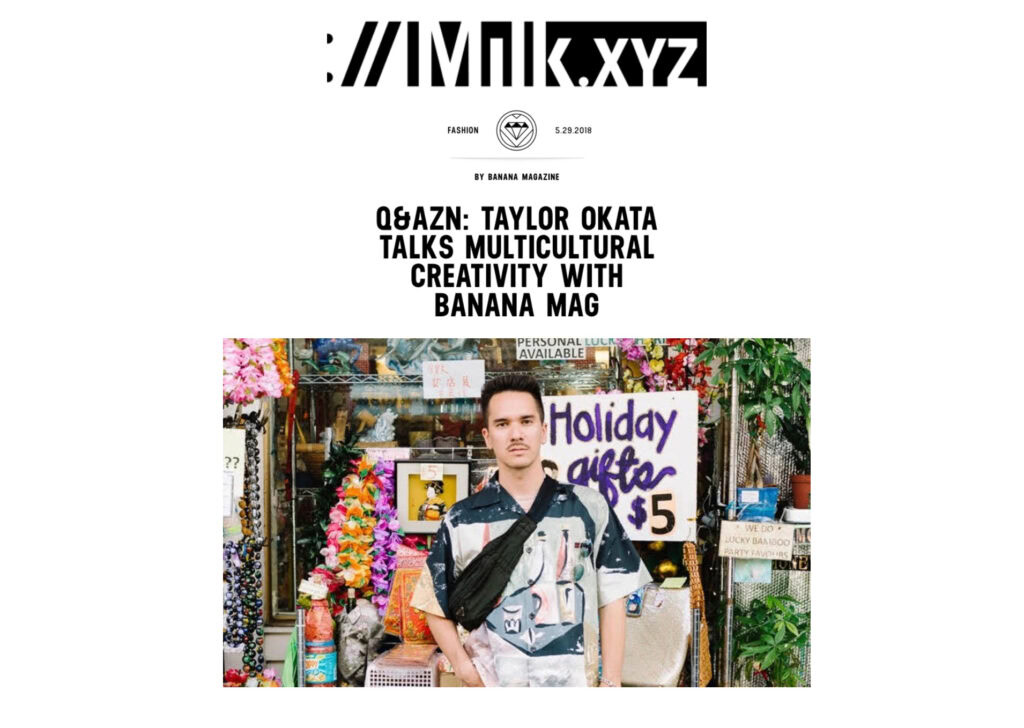
In celebration of Asian Pacific American Heritage Month, editors Kathleen Tso and Vicki Ho of Banana Magazine are taking over Milk with eight different features, highlighting some of their community’s best and brightest creatives. Next up? NYC creative Taylor Okata.
Taylor Okata is a stylist and creative director based in NYC and raised in Hawaii. His portfolio spans everything from editorials in Vogue Italia to Hypebeast magazine, Adidas campaigns, N.E.R.D live performances and even the ultimate baesian, Steven Yeun. Okata has a certain knack for effortless cool in everything he does not only in his work, but his own personal style. We’ve been a huge fan of Okata since his limited run of ‘Catching Feelings’ tees (that we secretly wish he’d bring back), and can’t wait to see what he does next.
Read on for more about Taylor Okata and how heritage plays a part in his identity.
What is your heritage?
I actually had my DNA tested and received my results the other day. I’m 50 percent Japanese, and the other half is made up of Portuguese/Spanish, Irish/Scottish, French and tiny percentages of Jewish, Native American & Polynesian. So many layers, lol.
Where did you grow up and where do you live now?
I was born and raised in Hawai’i, and now reside in New York City.
Who is an APA creative that you look up to?
Growing up, Chad Hugo from The Neptunes / N.E.R.D was one of the first APA creatives I looked up to. In college, I attended talks with APA figures like John Jay and Lisa Ling, which influenced my studies. I look up to actors like Dwayne “The Rock” Johnson & Keanu Reeves, who both have cultural ties to Hawai’i, as well as Steven Yeun. How has your heritage played a part in your passions and in your work? It plays a major part in my work, and my work ethic is heavily influenced by my cultural upbringing. As a consultant & stylist, I wear and work with brands/designers that come from a mindset I can relate to. I also do my best to make sure I work with creatives/talent from all cultural and racial backgrounds. Growing up in Hawai’i, I was raised on Hip-Hop and R&B, but also Punk, Ska, Skate, Surf and Tribal references. All of these things have had an impact on my perception of style. I tend to reference various cultures of mine—Japanese, Hawaiian—in a lot of my work as well. There’s still a lack of APA representation in our industry, which is why I’m passionate about being an encouraging example and voice for our community—it’s really important for me to make the APA community proud!
When was the first time you realized, through your career or your passions, you connected with your heritage and felt that sense of pride?
[In Hawai’i], you’re already raised to have a strong sense of pride for our heritage. Being multiracial, I always grew up with this tug-of-war between my cultural identity—I was never local enough, or Asian enough. However, when I moved to LA at the age of 18, I realized how truly connected I was with my heritage and how my customs and values were undoubtedly APA. This was further heightened when I moved to Tokyo at the age of 20, and even more evident when I moved to New York at the age of 23. All of these cities, and the jobs I undertook, gave me a further sense of self—therefore, a stronger sense of identity and pride for where I come from. This awareness made it very important for me to always represent being an APA in every aspect of my career and passions.
What are you gearing up for right now in your career? Plug in what you got going on right now!
I am working on a couple of projects for Men’s Fashion Week in Paris next month. I’m also developing a social documentary series covering identity & style, so stay tuned!
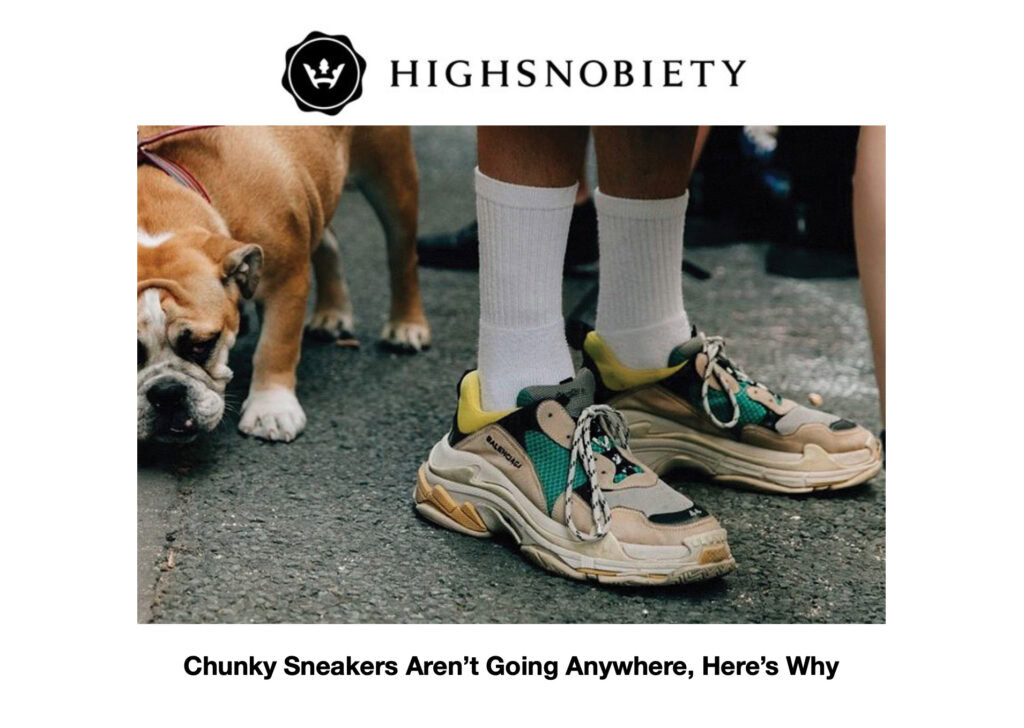
For something as simple as collecting shoes, the ever-expanding community of sneakerheads likes to take itself pretty seriously. If you couldn’t rattle off the exact origin story or state how many points Michael Jordan wore when he first debuted a certain model, older, more experienced fans might send a death glare your way. If you just discovered a vintage model for the first time, you could expect a lecture from those who discovered them ten years earlier. From the outside looking in, one could argue that sneakerheads derive superiority in something most would describe as fairly trivial.
As sneaker collecting reaches the mainstream though, a distinctly un-serious trend has bubbled up. While Nike and Jordan make beloved silhouettes more accessible to new customers, and adidas revives its catalog of trainers to newfound success, chunky — and at times downright ugly — footwear has also found its footing. The seemingly orthopedic has suddenly become fashionable.
This isn’t just a blip on the radar either. Stylist Taylor Okata remembers first seeing it while working at adidas Fashion Group. “For me, it started with the adidas by Raf Simons Ozweego 1 in 2013,” he says. “I knew it would become a larger trend when I saw the evolution of the collaboration. Soles got chunkier, details were more graphic and color combinations got brighter.”
Rather than a one-off trend, Okata views the newly inflated aesthetic as “a progression of the athletic, sport movement in high fashion,” noting that he still works clients who prefer a minimal sneaker silhouette or something more technical. Whatever the cause, fashion and footwear brands are turning out bulky sneakers like never before. “When mainstream publications like GQ start reporting on a trend, the cause has already taken root.” says Brian M. Trunzo, Senior Menswear Editor at WGSN. “I think we are just starting to see this style gain real traction. With many SS18 shows featuring it prominently, the trickle down is only now just really beginning.”
For a few years, it seemed as though the trainers of the ‘90s were lost to the past. A proverbial mistake that we wouldn’t bear repeating. At one point, skateboard shoes from the likes of Osiris and Airwalk were massive, cross trainers like adidas’ lesser known EQT models were bulbous and Nike’s various styles like the Air Tech Challenge and Air Footscape were bloated. Basketball sneakers like the Nike Air More Uptempo and the early Kobe models from adidas were better suited as boats than shoes. Those once-beloved models are now finding new life in the new millennium.
While simpler styles like Sambas — and eventually Common Projects — came to define the ‘00s, by 2011, creations from Camper and Bernhard Wilhelm had started ushering in a new era of ugly, their zig-zag soles and rope laces mimicking the Isabel Marant sneaker wedges that exploded in popularity around 2012. Ian Connor championing Skechers footwear was also a moment to reflect back on. Ugly footwear had started its path toward being unironic.
Which brings us to today, a new golden era for oversized, ostentatious footwear. One where panel overlays, mixed materials, huge soles, and even more blown-out shapes have become commonplace. As we transition out of a time when many were convinced that elevated,
$300+ basic sneakers were worth the investment, we now have borderline works of art, many of which are different from the models that came before them. Take a look at your favorite high-end store’s shoe department right now. Odds are that among the selection you’ll see any number of outrageously absurd styles. Take your pick: Raf Simons Ozweegos, Maison Margiela Futures or Mixed Media Trainers, Balenciaga Triple-S, and soon Gucci’s Cruise SS18 sneakers, as well as the latest from Acne Studios. Even the newest Yeezy “Wave” Runner from Kanye West strongly resembles the éS Scheme sneaker from 2011. Each of them, profoundly ugly in their own right. From the wealth of panels to the overinflated midsoles, fashion designers today are finding new ways to distort what we think of as footwear—and that means figuring out what to wear with them too. “I was using a lot of these ‘ugly’ shoes when I was styling e-commerce and editorials for Totokaelo back in early 2015,” Okata says. “And I am still being tasked with using them for styling now. It just has to be the right context. It doesn’t look good on everyone.” So while the immediate reaction of the uninitiated tends to be of disgust, they typically warm to them after a while, noting the intricacies of how the panels are stitched together or the design elements not usually found on more widely available models. It’s a prototypical fashion brainwash, tempting us to the point that we have to admit that the ugly has somehow become attractive. There’s no question these chunky sneakers have crossed over into full-blown trend, now it’s just a matter of whether the general public catches on. Trunzo notes “I wouldn’t expect to see legacy retailers put out massive cloud walkers any time soon; however, I certainly do suspect that we will see chunkier silhouettes hit the shelves of all sorts of retailers over the course of the next few seasons.” Call it adept design or, more accurately, smart marketing, consumers seem to be warming to the look. But more than anything, sneakerheads are taking it all in stride — opening themselves up to previously unexplored avenues. That alone is a feat worth recognizing. They may not have the backstory of an Air Jordan I that has been around for three decades or a runner that hasn’t been retroed for two decades, but then again, they’re just shoes anyway.

Move Over, Cam’ron: Everybody Gets a Pink Coat Next Spring
For many men, the point of reference for wearing a pink coat begins and ends with Cam’ron. The Harlem rapper owned the all-pink look so thoroughly back in 2002, that it seems almost useless to try to even come close to his legendary levels of greatness. But, if there were a time to make an attempt, it might be next spring. As New York Fashion Week: Men’s comes to a close, one trend has emerged: Designers are feeling pink jackets in a big way.
Stampd’s collection included a pale pink, warm weather jacket mixed into a collection that was otherwise fairly dark in its use of color. Ovadia & Sons kept the souvenir jacket trend alive with their take done in pink, and John Elliott doubled down with both a pink bomber and an eye-catching leather motorcycle jacket. Wearing the latter might be the ultimate style power move next season.
Newcomer Ryohei Kawanishi of LANDLORD made the decision to go extra bold with two jackets done up in a vivid, electric version of the color. Kawanishi landed on using pink throughout the collection as a subversive twist on the reflective fabrics worn by construction workers. “I always see hot orange and neon yellow, but I rarely see hot pink,” he says. “I wanted to develop ideas based on the construction uniform, so I developed new colors to apply that concept, and that’s where the pink came in.” And, he adds, “I do wear pink.”
New York-based label Deveaux opened their show with a knee-length, pink silk anorak. “At first, we designed a short anorak in black cotton that felt accessible and sellable,” says Deveaux head designer Andrea Tsao. “But, when we saw this luxe stretch silk, it was just a ‘should we just go for it?’ moment for all of us.” And go for it they did, also using the same fabric in a shorter Harrington jacket. “The dusty, muted pink we used in our collection represents a shift, where men are starting to become more comfortable with expanding their color palette,” Tsao adds. “The shade of pink that we chose feels luxurious, but also wearable, and we are of the belief that it is no longer exclusive to women.”
Taylor Okata, who styled the Deveaux show, agrees. “Pink is fun, and most people are looking to wear color as the seasons change,” he explains. “It also challenges the stigma of pink being a gender-specific color. Men are getting more confident in the way they dress, and colorful outerwear will portray that the most.”
If you’re unsure about how to incorporate a rose-colored coat into your own wardrobe, Okata advises not to overthink it. “Depending on the shade of pink, it’s a colorful choice without being ostentatious,” he says. “This color also looks great with black or denim, which probably all guys have in their closet.” Looks like the only remaining question may be which one to buy when these pink pieces start hitting stores next year.
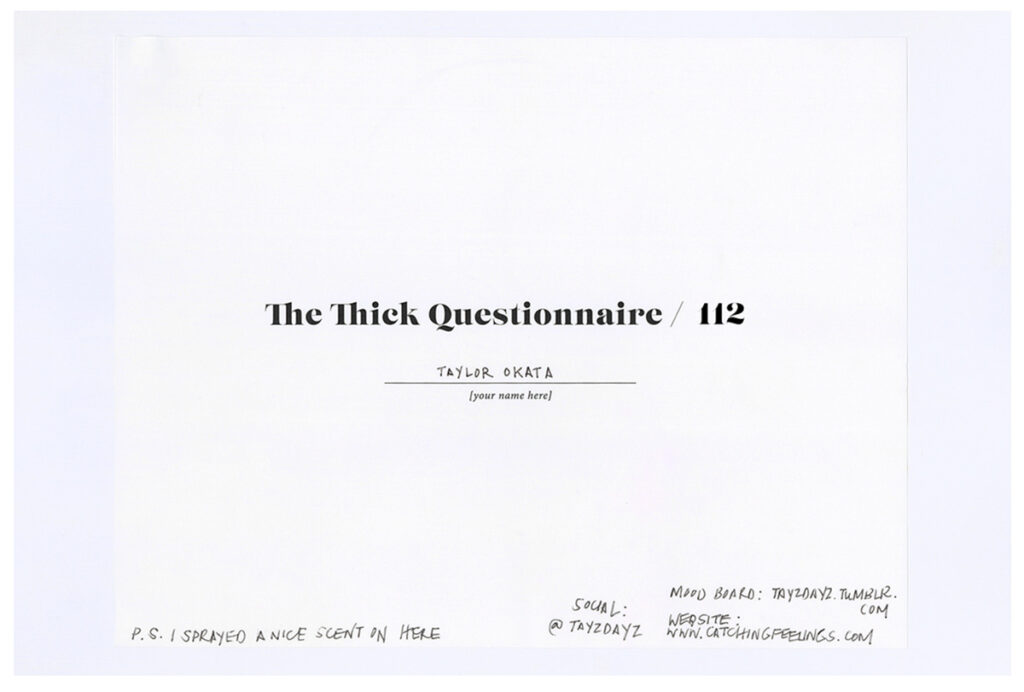
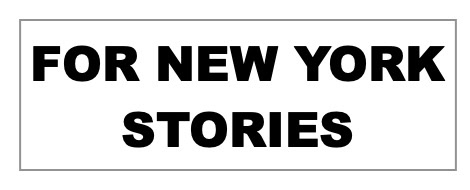
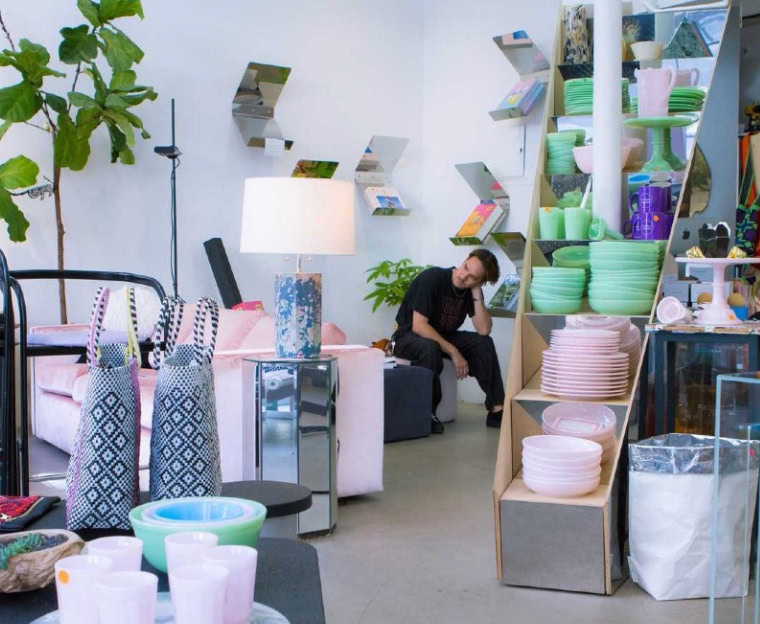
What are 3 of your favorite small businesses in New York?
Pintail Coffee at Georgia
One of the mandatory steps in my morning routine is visiting Pintail Coffee at Georgia – It’s right up the block from my apartment, super low key, and has my favorite iced coffee. Michael, who owns Pintail, will probably be playing reggae whenever I walk in. This, the surfboards, and stocking a juice brand called Summers provide me with a strong sense of home (I’m from Hawai’i). Occupying the same space as Pintail is Georgia (also the name of the shop’s owner) – a boutique with some of the best ‘60s & ‘70s vintage I’ve come across in the city. @georgianycvintage @pintailcoffeenyc @summersbrooklyn
Coming Soon New York
Also up the block from me is Coming Soon New York; one of my top resources for housewarming gifts and discovering new artists. The shop’s owners, Helena and Fabiana, have a fantastic eye for curation and have put together what I think is the best assortment of interior goods in the city. The owners work directly with the artists and designers they stock in the store, which adds to the personalized feel of the Coming Soon experience. They’ve also built out a pop-up space in the basement (which you can access from the street) – it’s currently home to an LA-based design studio and community center called Otherwild. They also have a fun series called Tiger Homes, which is a Chinese horoscope project that documents their collectors in their homes. @comingsoonny @otherwild
Little Chair
Little Chair, which is located right under the Brooklyn bridge, is the newest addition to the 138 Division family (who also started and operates neighborhood mainstays like Forgetmenot and Kiki’s). This group partners with their staff on opening new spots – You can find the owners actually working at each location, ensuring every place maintains its soul and integrity. I’ve always appreciated how protective they are of our neighborhood’s individual character; they always make sure that everyone who’s a regular is taken care of. I can walk into these places alone at random and know I’ll be in good company, no matter the day or time. @138division
Why is it important to support independent businesses?
The businesses we visited are very important to me because the customers and shop owners have become dear friends and neighbors of mine – over the years, they have all been instrumental in providing me with a sense of community that I’m extremely grateful for. Without independent businesses, your favorite neighborhoods’ sense of identity would collapse, the distinct culture and voice of a city would disappear, and the desire for travel would be lost. Independent businesses play a large, if underappreciated role in keeping us human.
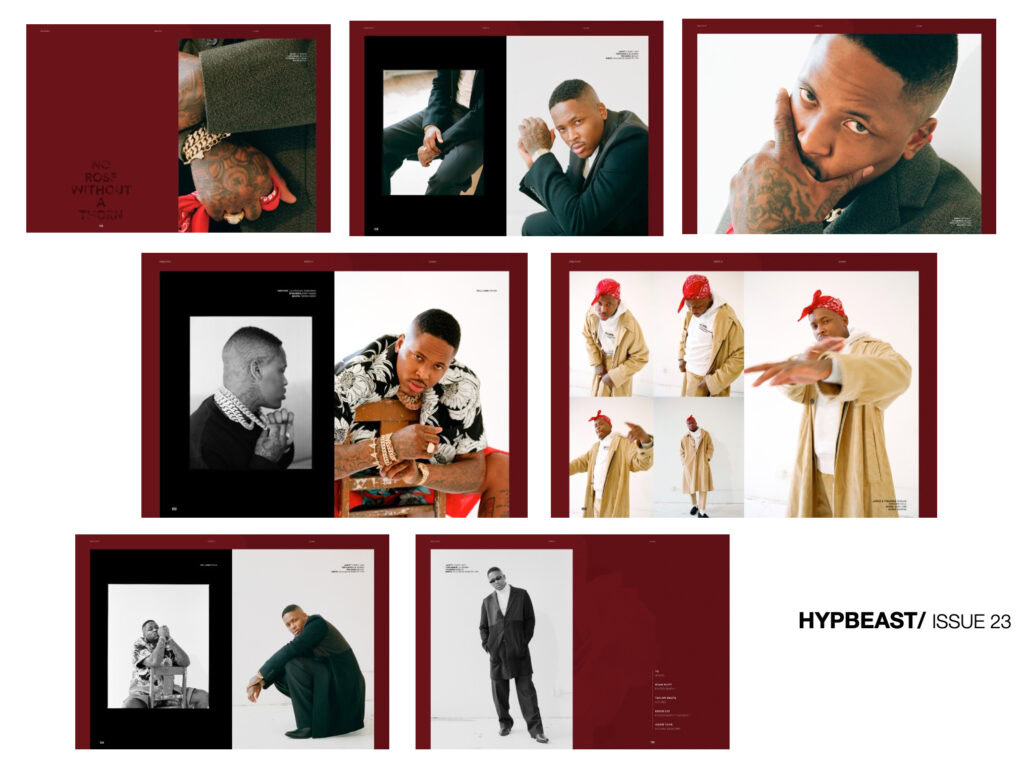
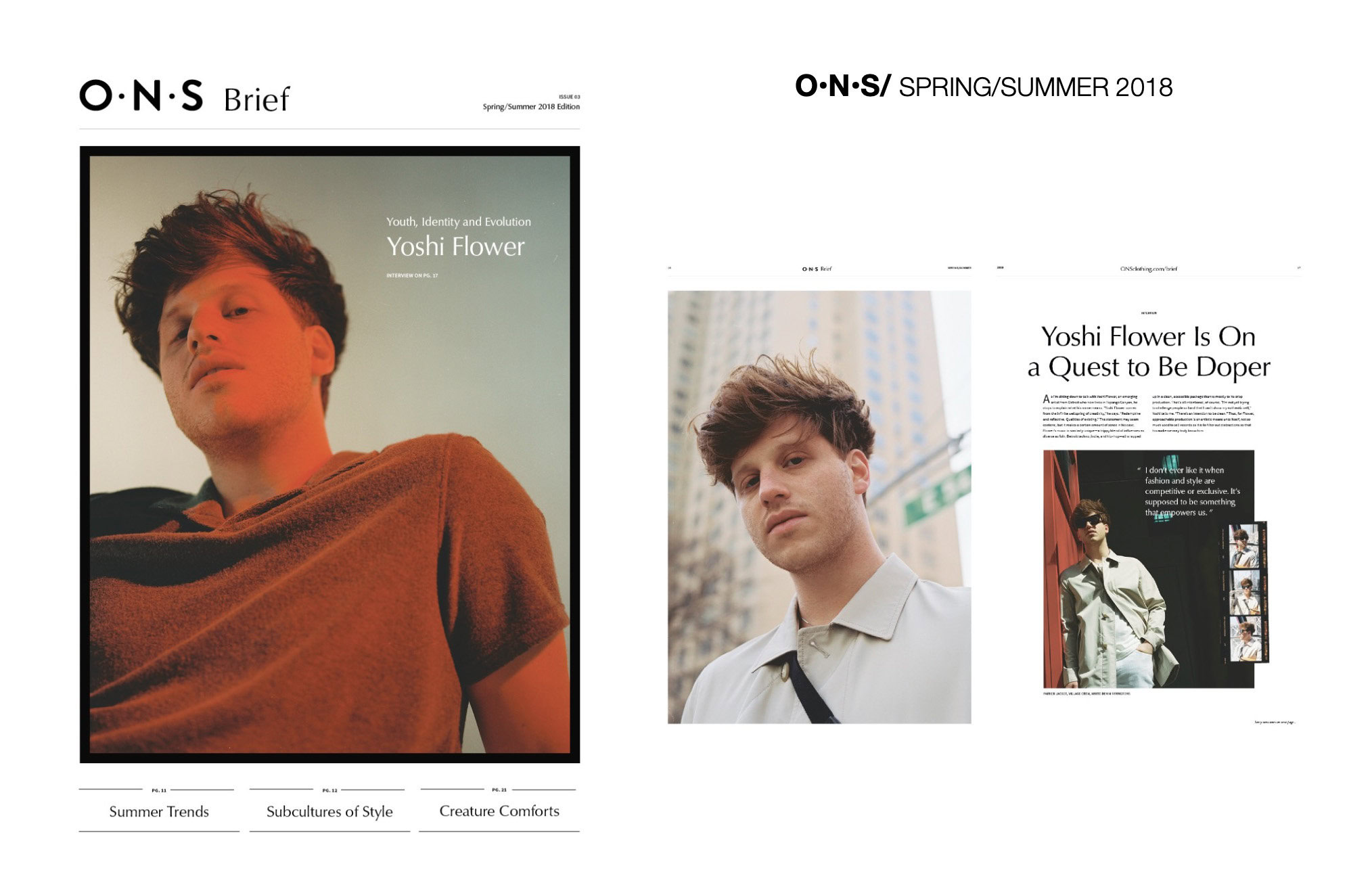
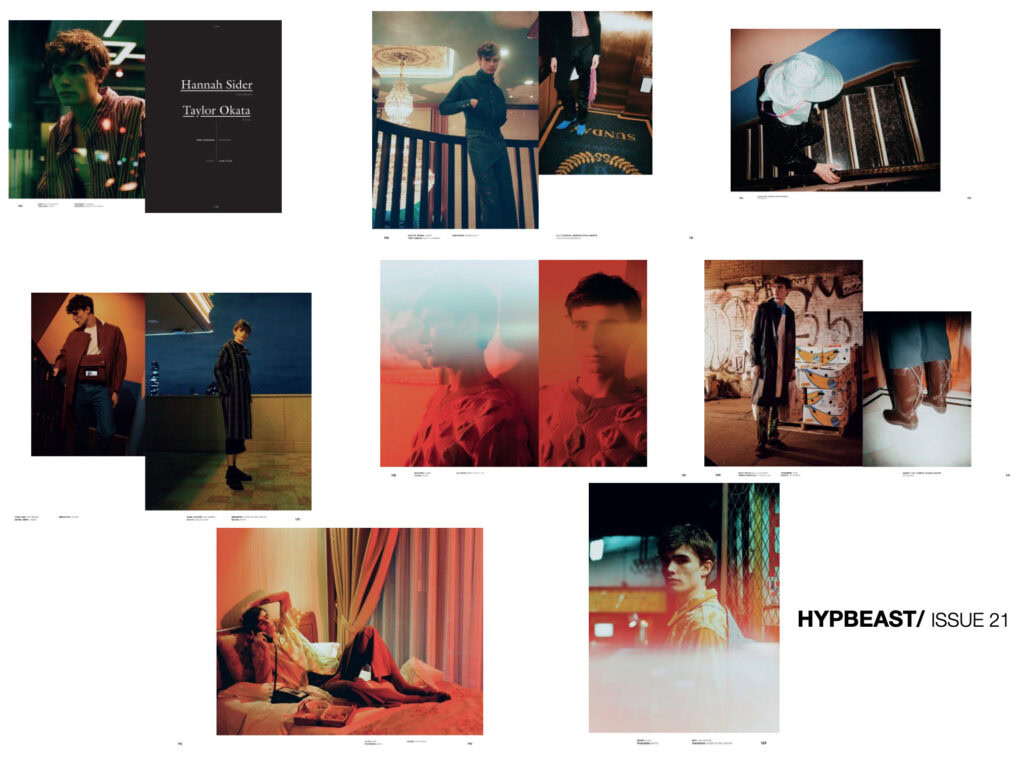
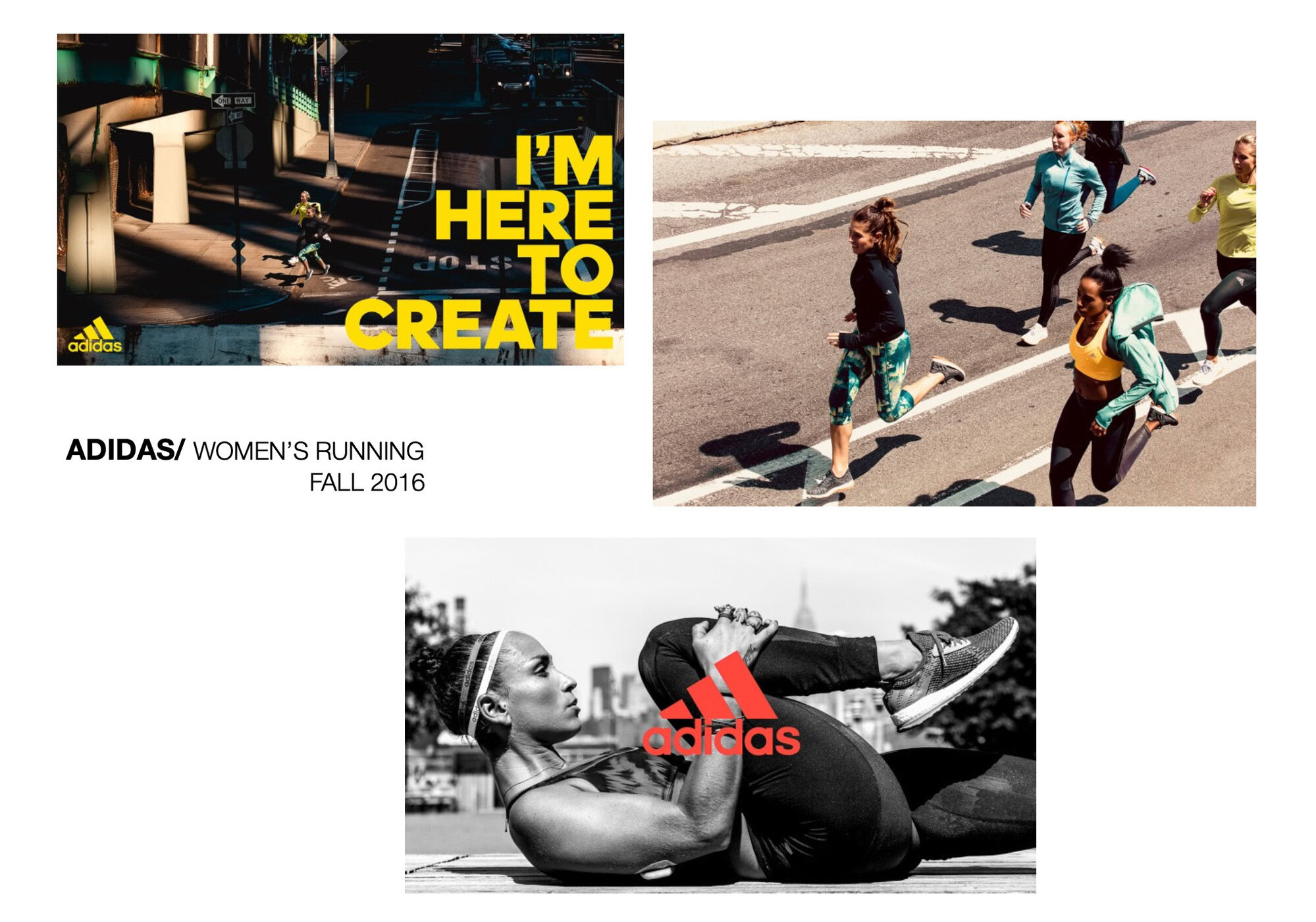
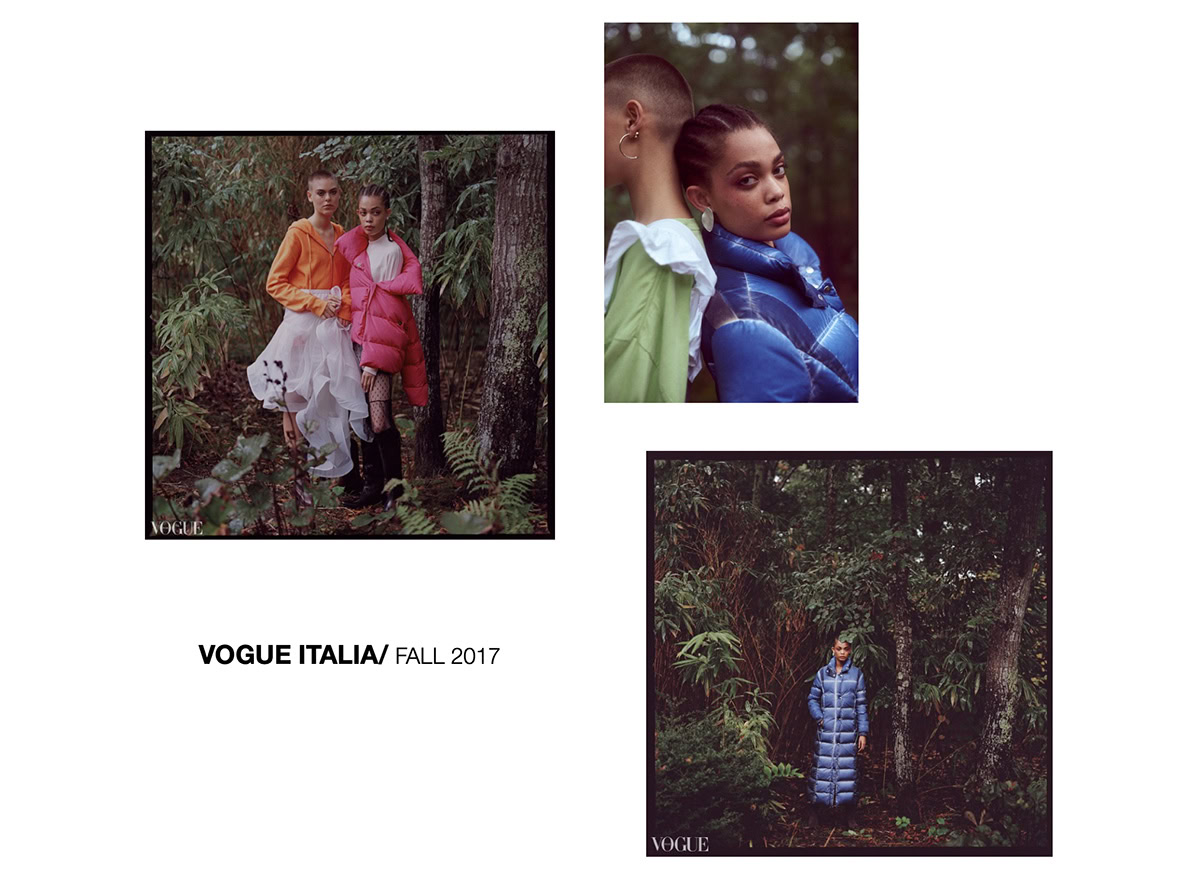
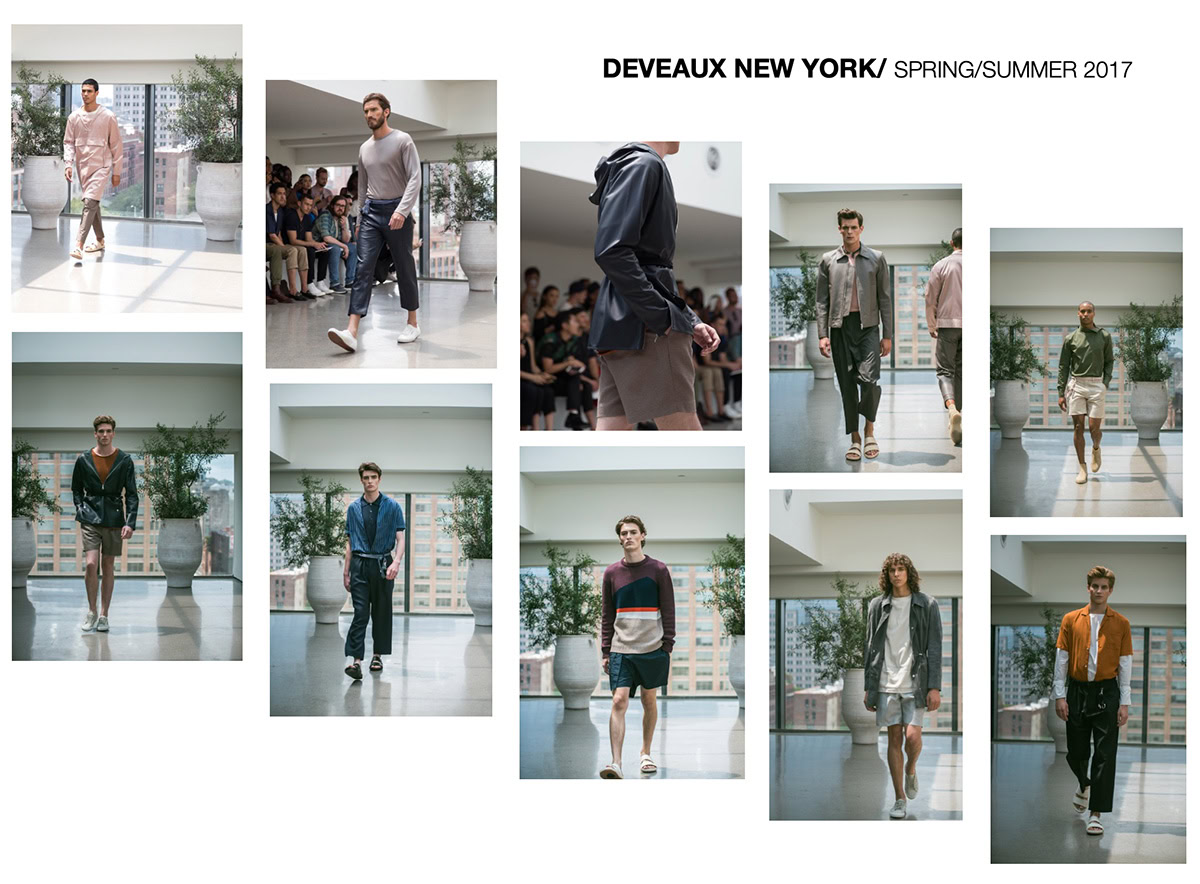
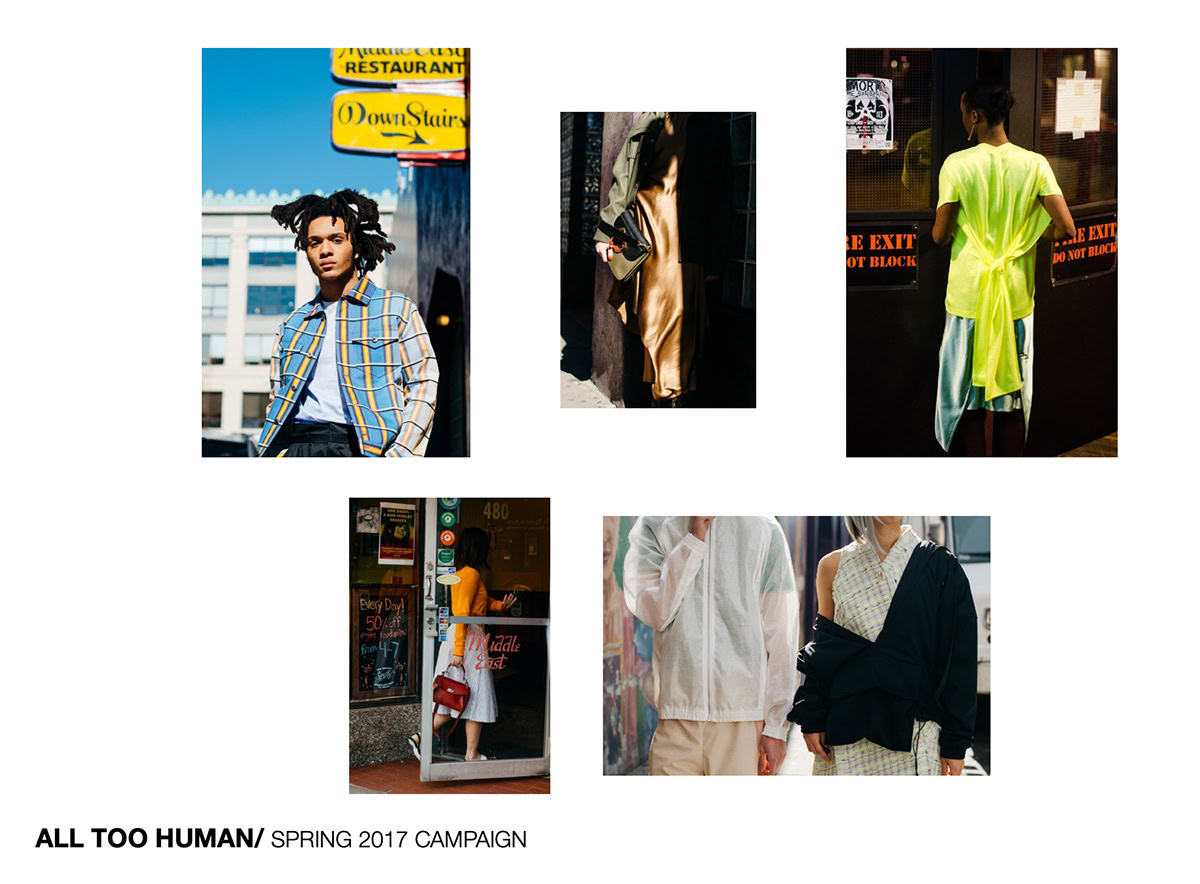
Contact
Heather Brown
hb@workgroup-ltd.com
212-675-6334

